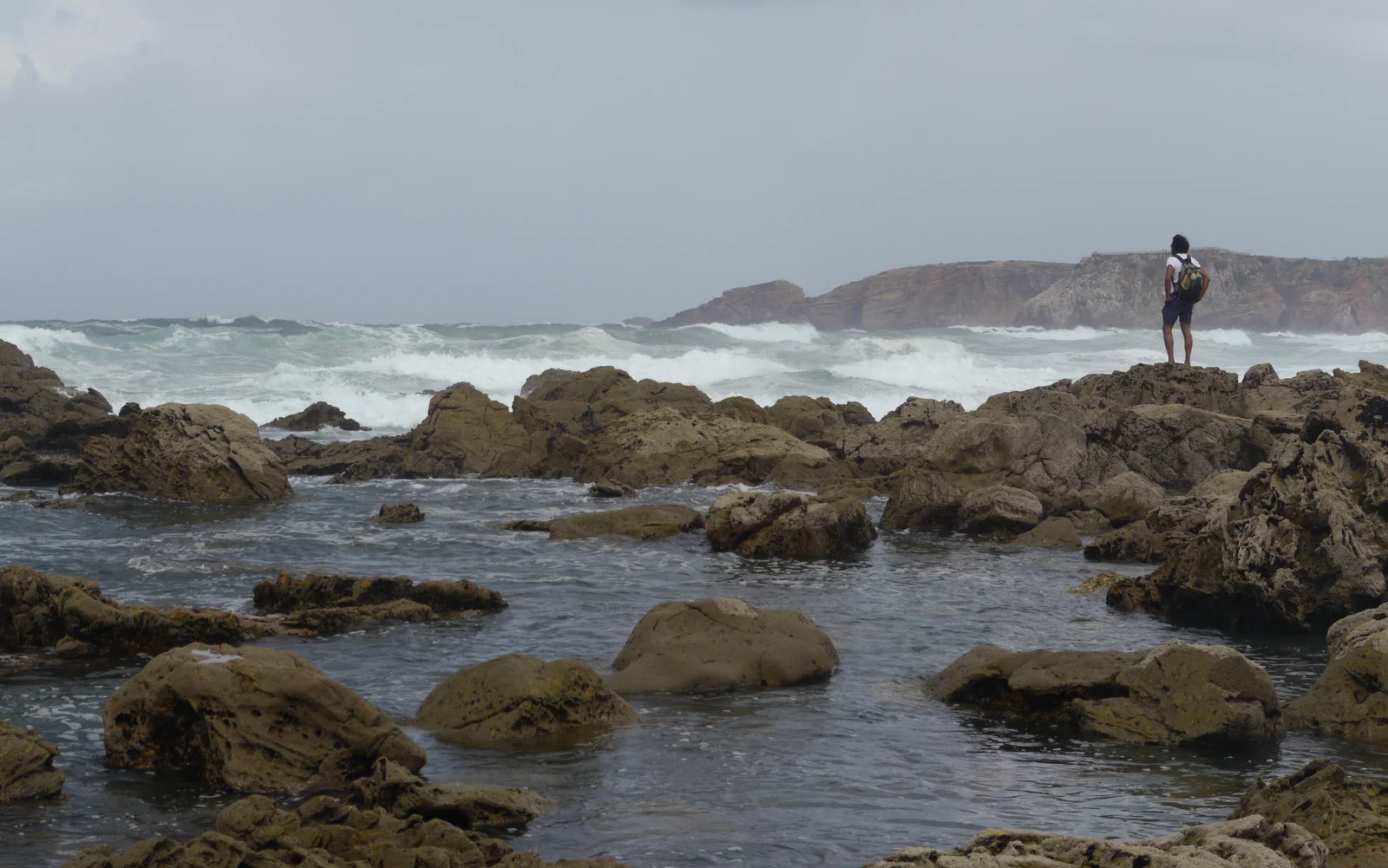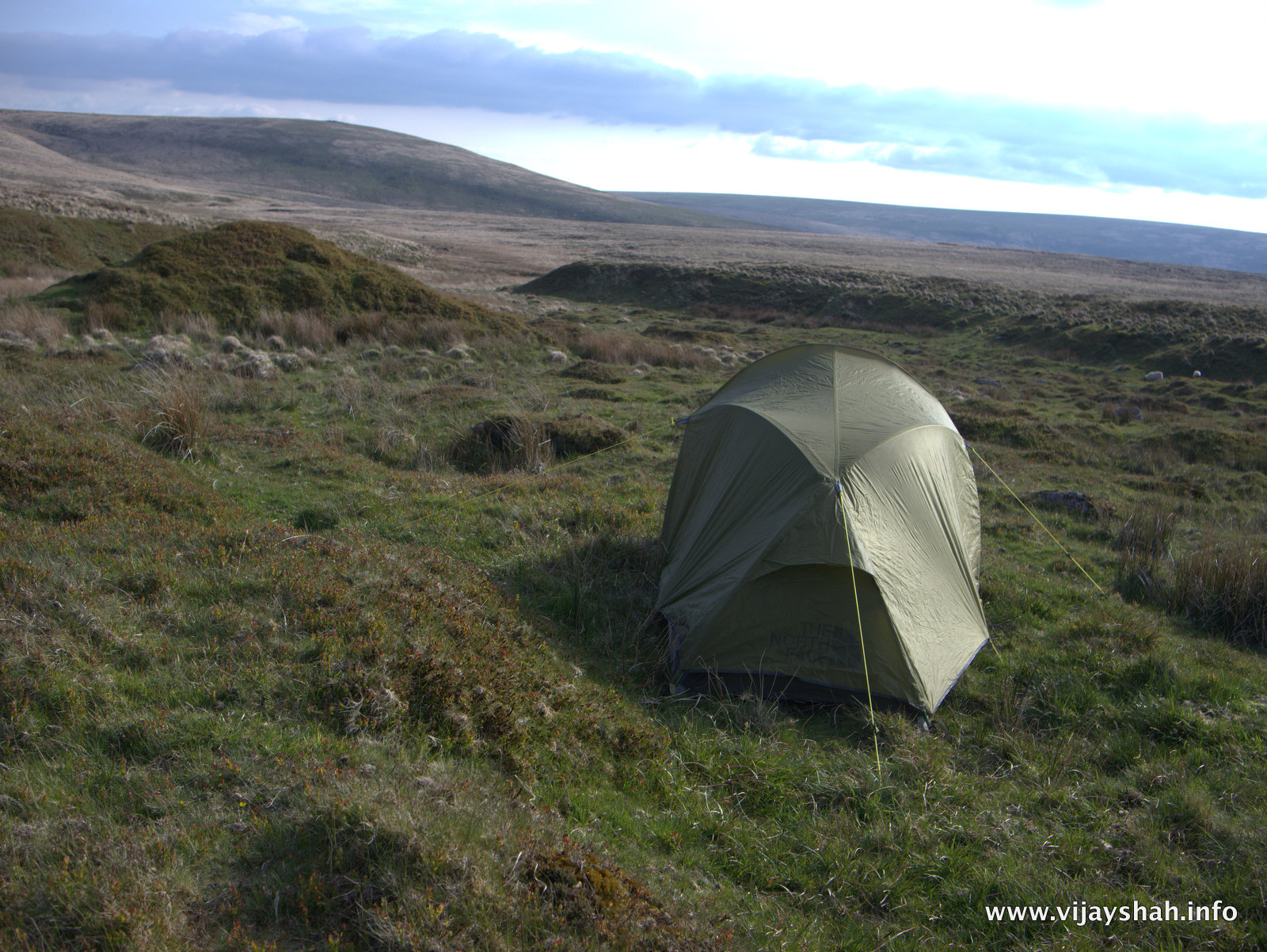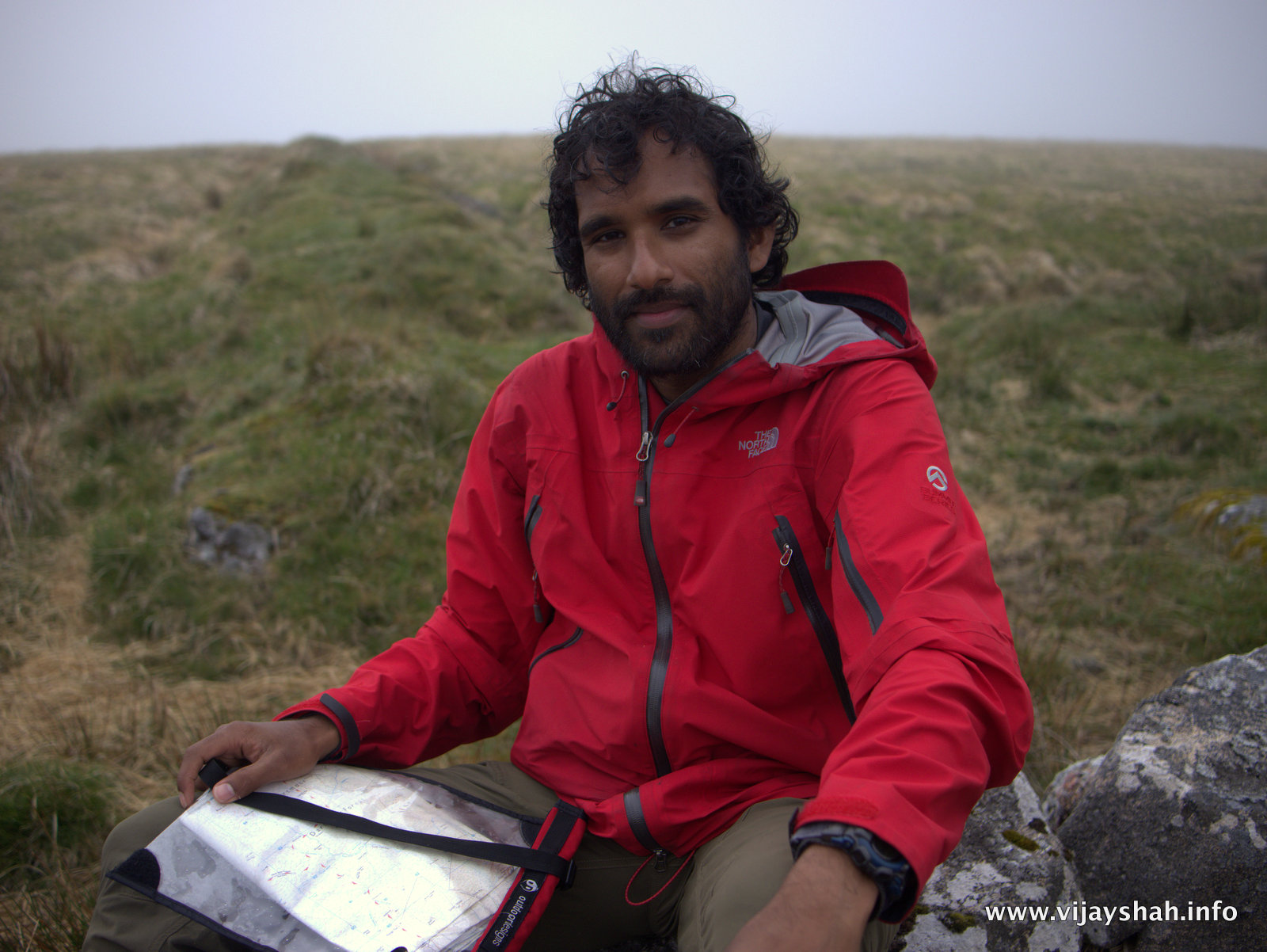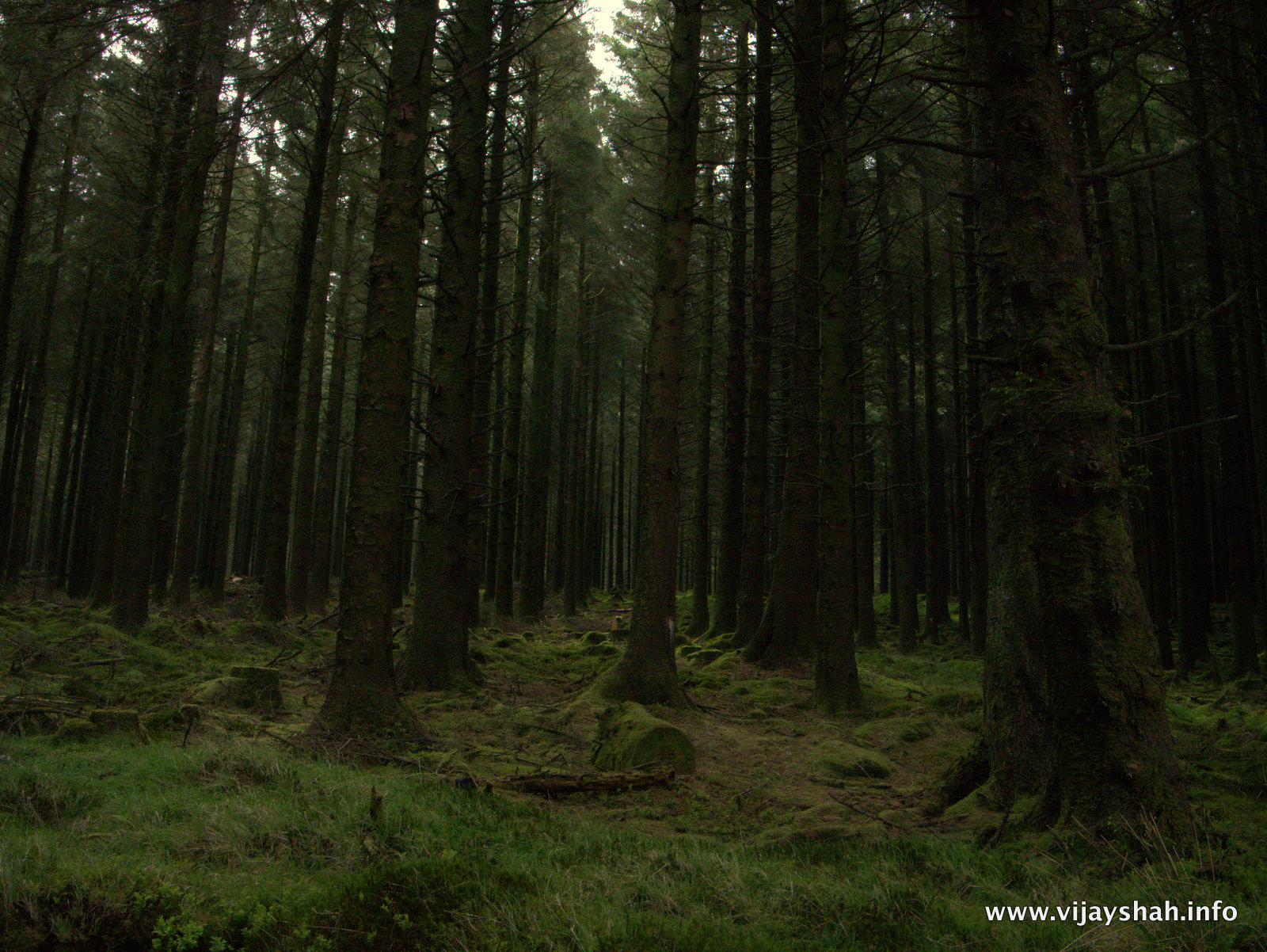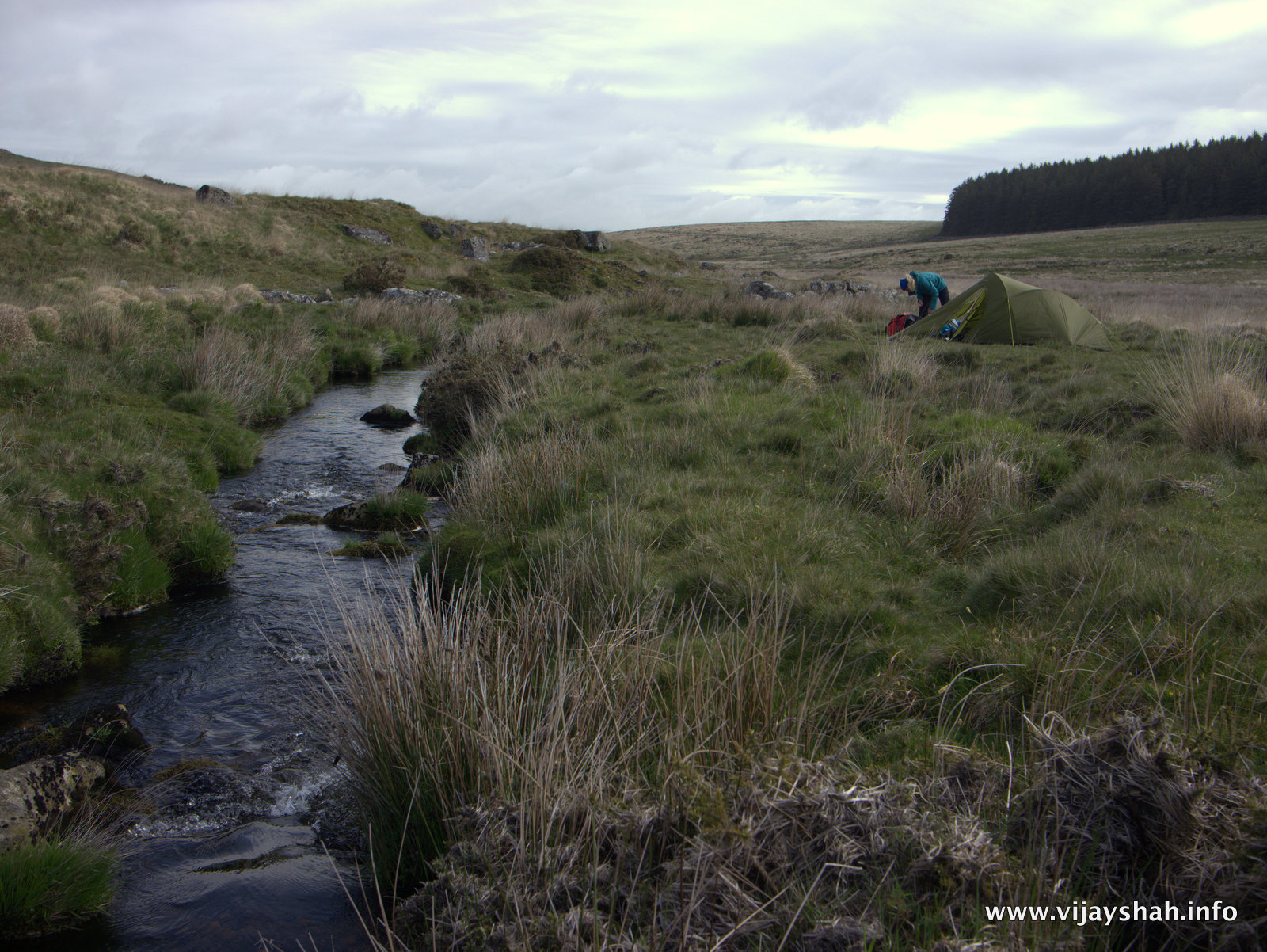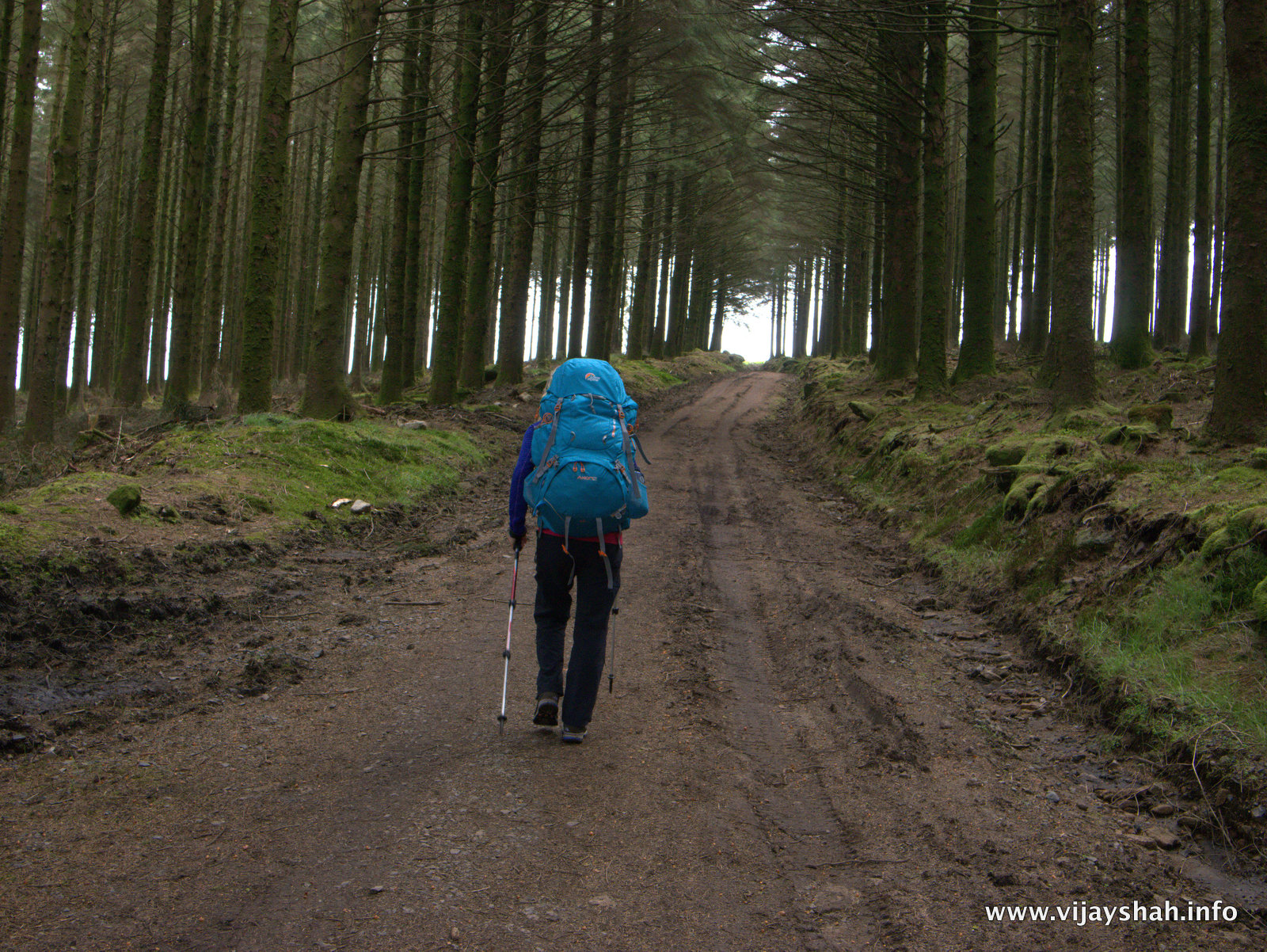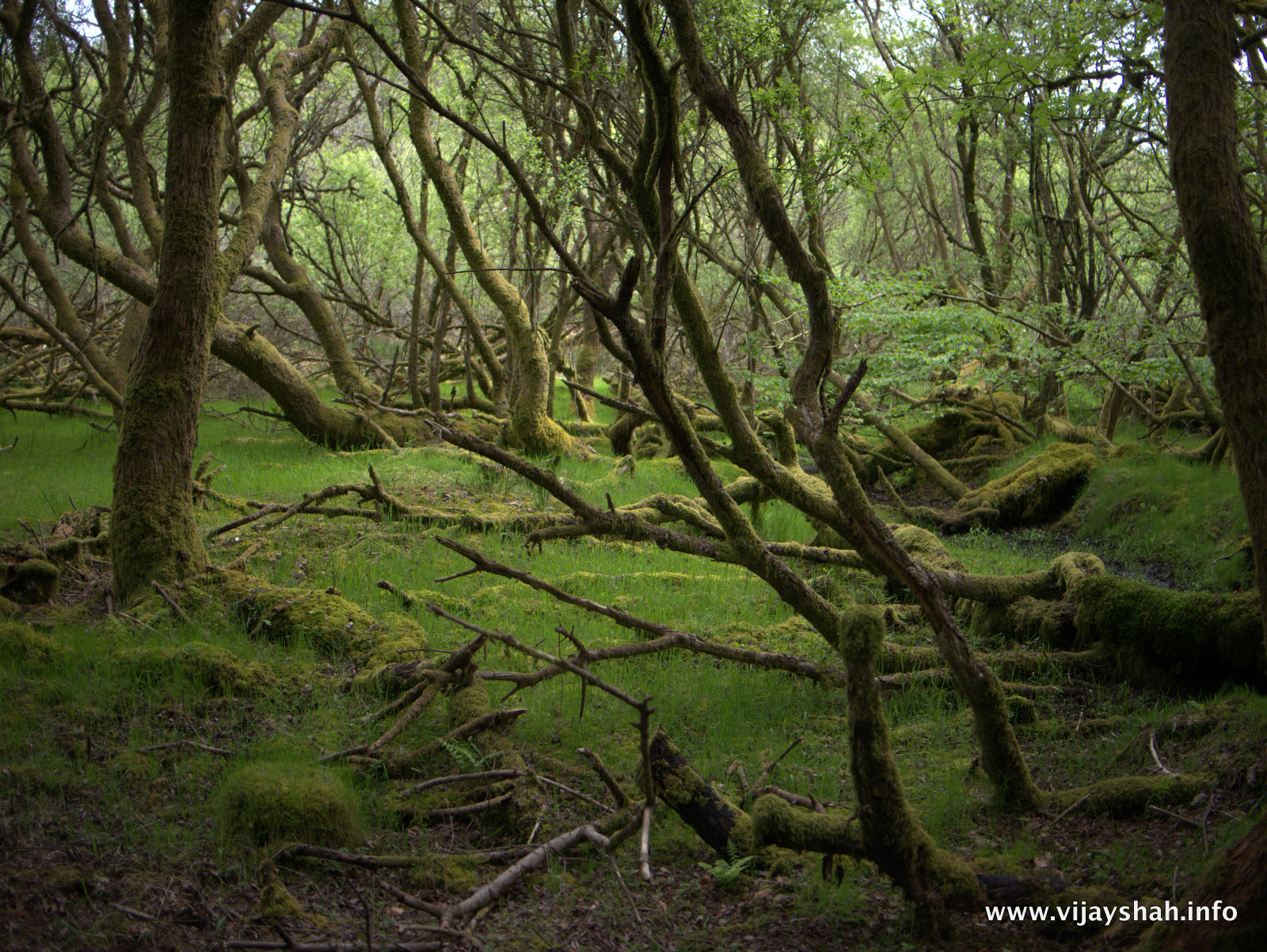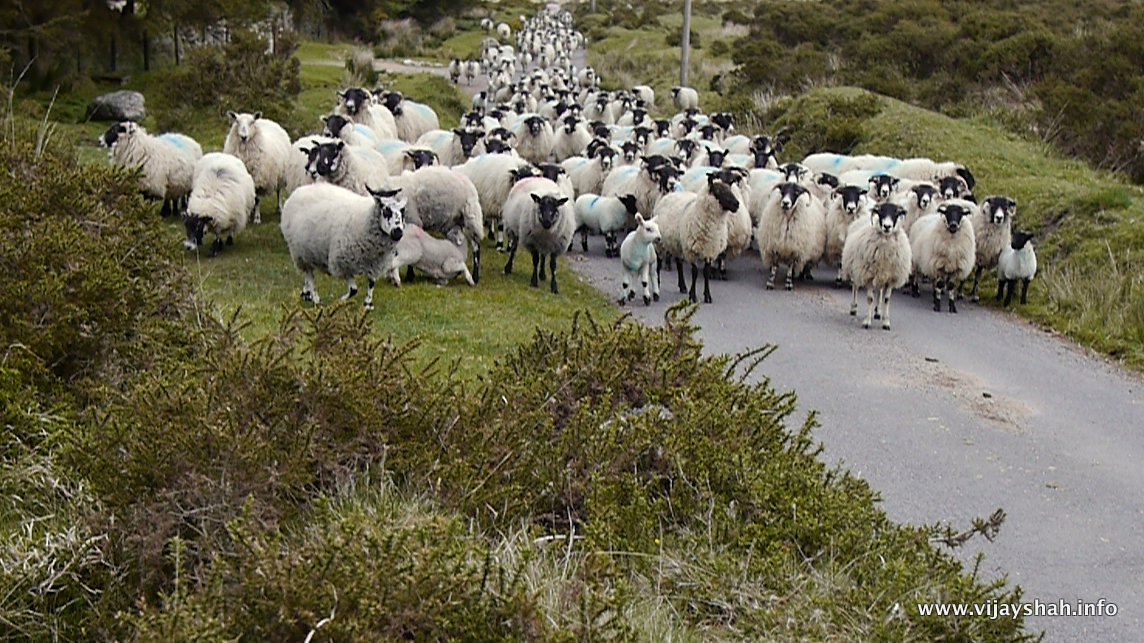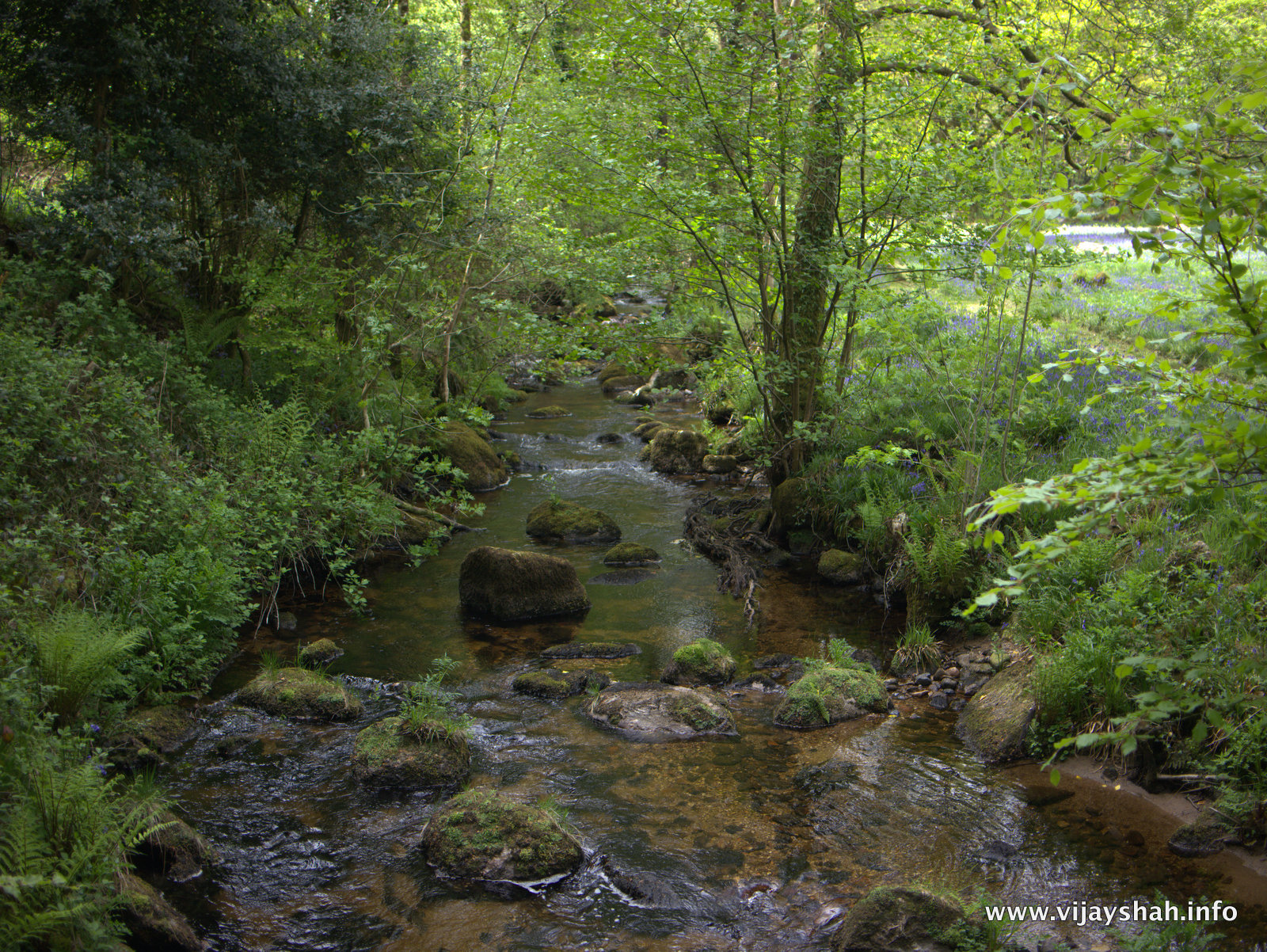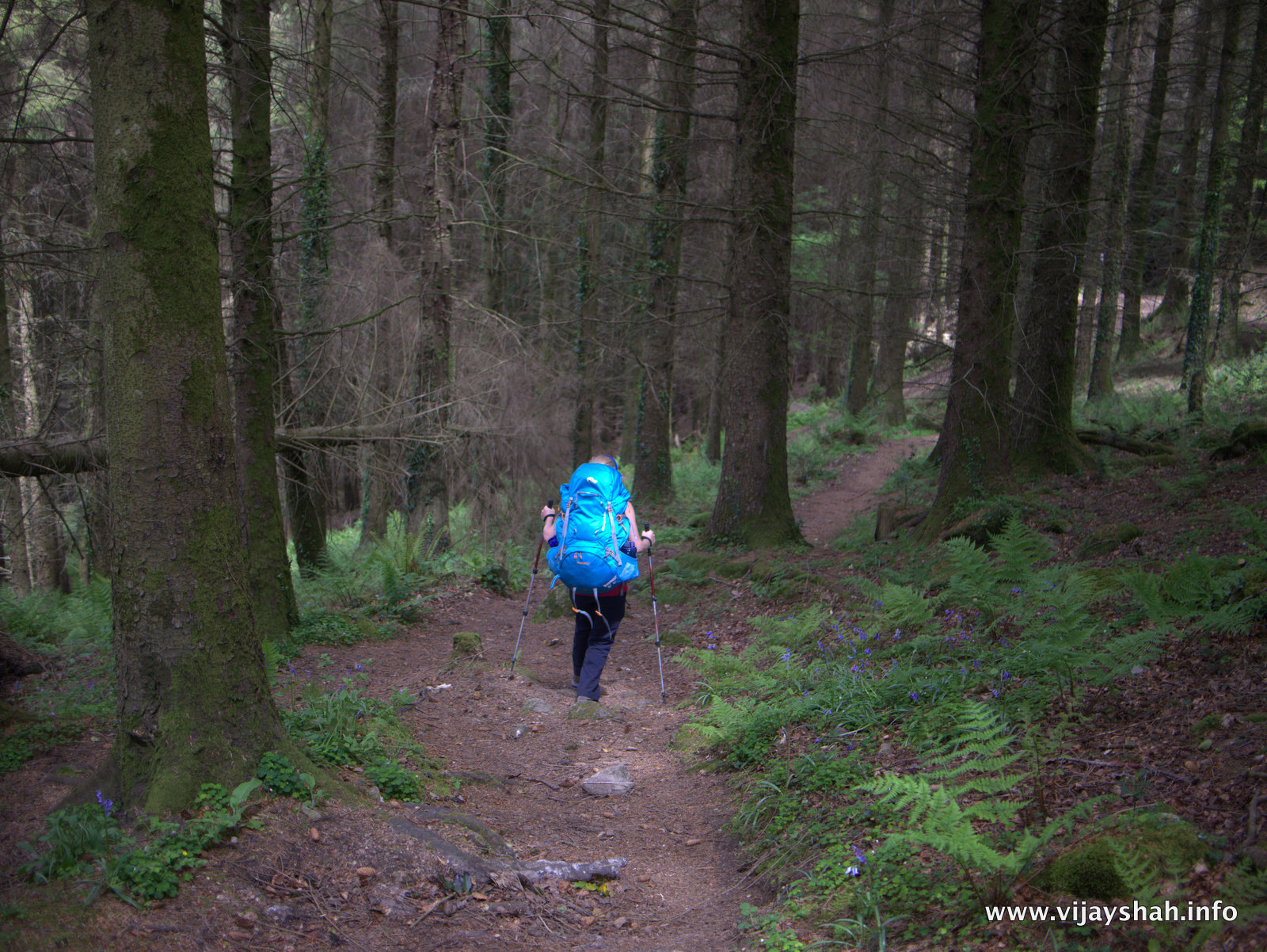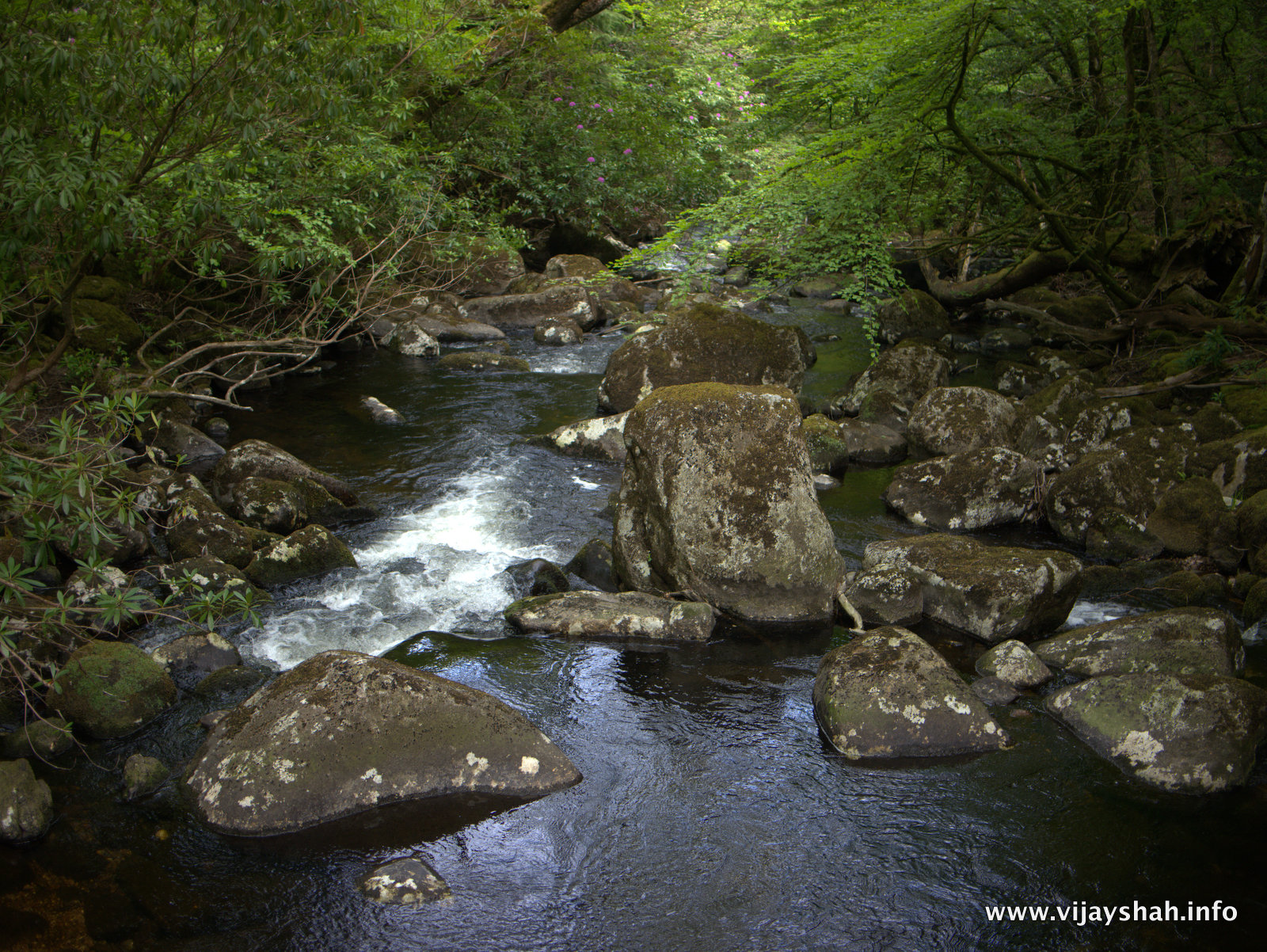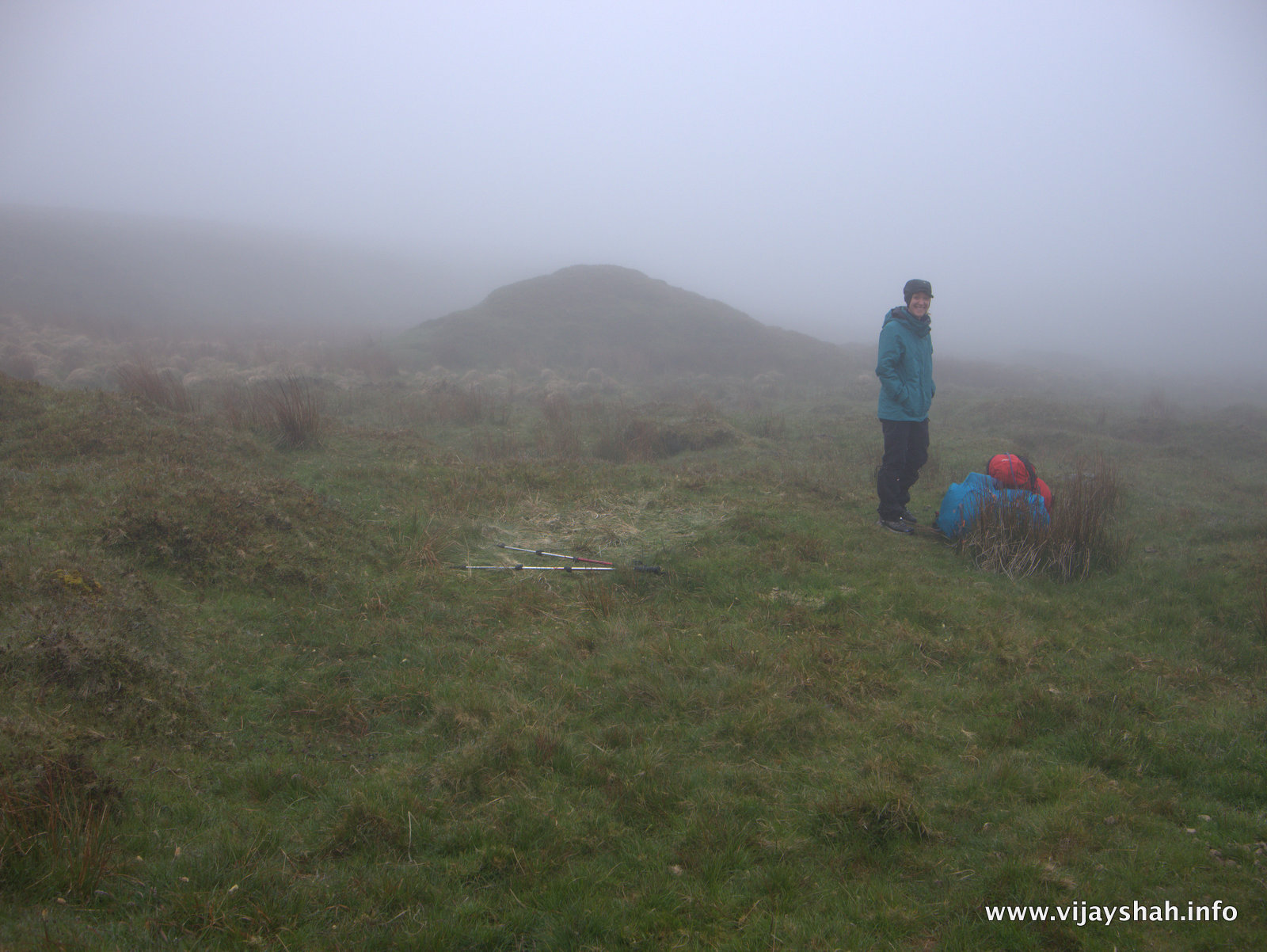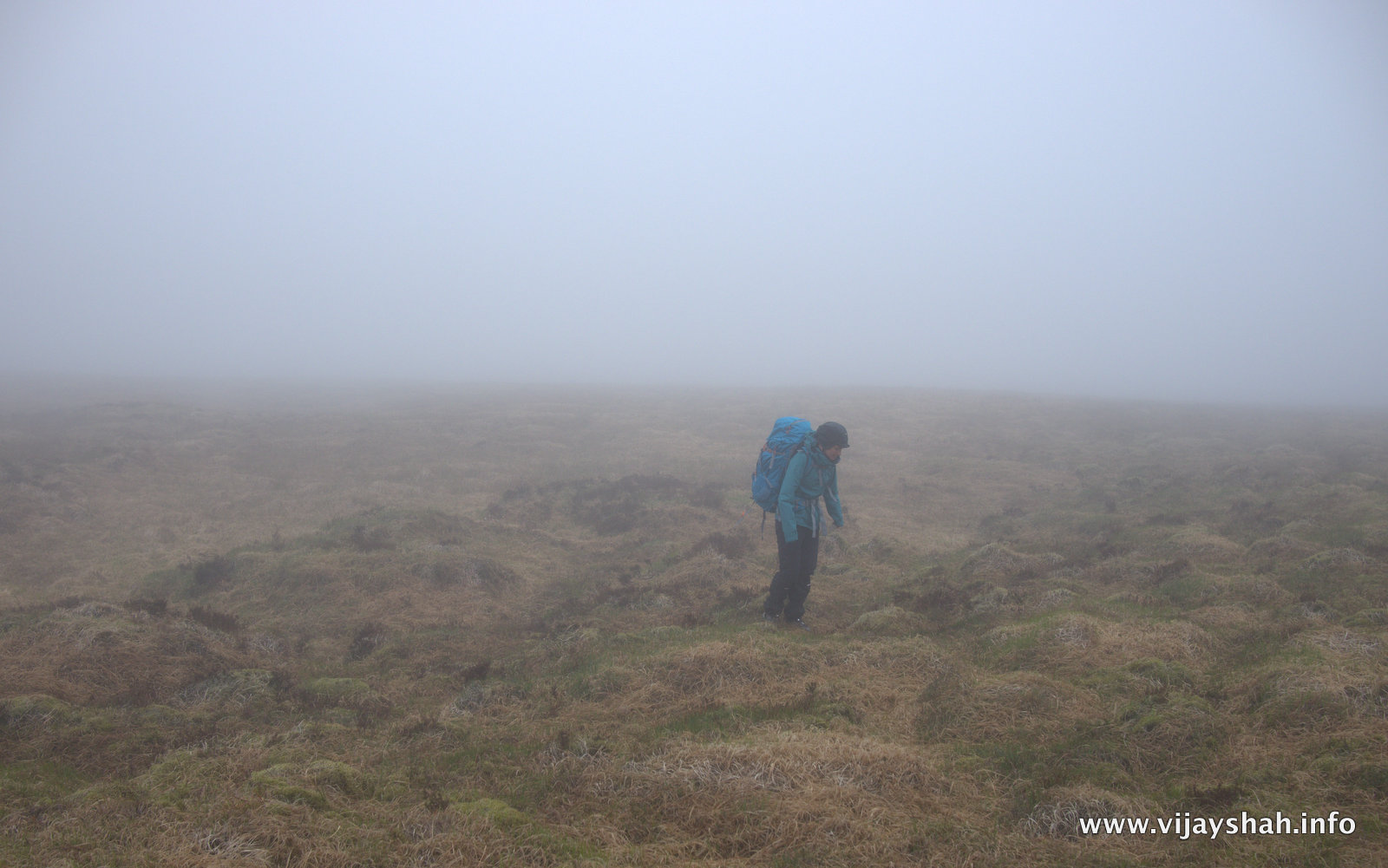ETE LEADERSHIP COURSE – KAUST, SAUDI ARABIA
In January 2016 I had the pleasure of running a leadership course at the King Abdullah University of Science and Technology. Over the four day workshop, 20 post graduate students had the opportunity to learn and develop their project management and leadership skills and enhance their self confidence in preparation for future work and study.
ETE Leadership course students with instructors David and Vijay and KAUST coordinator Petrina.
Given from an expedition perspective the skills they learned are applicable and transferrable to all possible work and career paths that they may wish to pursue. The workshop started off with two classroom sessions to learn the theory of leadership and teamwork which culminated in the students organising an overnight camp in the desert.
Setting up camp
Over the two day outdoor phase the students each had the opportunity to lead tasks, take responsibility for their team and work together to achieve time critical objectives. They had the opportunity to put the theory they learned into practice and observe and reflect on their own and their teammates’ leadership qualities and styles.
"Different leadership styles are applicable for different situations."
Each of the tasks aimed to take the group out of their comfort zone in order for them to really understand who they are and how they react.
Night navigation in the desert
“You gain experiences and skills unmatched elsewhere and because Dave and Vijay [the instructors] are great people to get to know.”
Learning mountaineering knots
“I learnt a lot of new knots, some survival skills and some constructive critiques on my leadership technique.”
Camp beds down for the night (source: Greg)
“If I have the opportunity I would like to join again. I think it is a vital/fundamental programme for everyone. ”
Watching the sunrise
“It is well taught, they instruct you and make sure you are fully informed the entire time. They made what could be a stressful environment very calm and it was just a joy”
Source: Greg
Key Note Lecture at King Abdullah University of Science and Technology
On the 13th January I gave a key note lecture to an audience of over 700 students and faculty at the King Abdullah University of Science and Technology in Saudi Arabia on climate change. Some of whom are leading figures in climate science.
This topic is so important that I'm making the transcript of my talk available for all to read.
Climate Change Through The Eyes of a Polar Explorer
I was privileged to give a talk to over 700 academics and students at the King Abdullah University of Science and Technology in Jeddah, Saudi Arabia on the greatest challenge that our species has ever faced. A transcript of the talk will be available soon, but for now here are some highlights.
If you're interested in the talk delivered to your institution, please send an email.
"The rapid loss of the polar icecaps affect our entire planet and is something we simply cannot ignore any further"
-Explorer and Filmmaker Vijay Shah at his WEP 2016 Keynote Lecture 'Climate Change through the eyes of a Polar Explorer'.
"We must reduce greenhouse gas emissions today. ... This 2 Celsius target for reducing global warming is dependent on our actions." - Vijay Shah, explorer and filmmaker #WEP2016
Climate Change Through the Eyes of a Polar Explorer
Walking in the Off-Season: An Autumnal Excursion to the Pyrenees
The snowline beckoned. The ice crusted flora crunched underfoot as we ascended the giant bowl upwards and towards the mountains that framed our world in a 270 degree vista. The sun lit up the blue sky and sparkled of the snow crystals as if we were walking over a field covered in millions of diamonds. It was still and silent: Not even the birds dared to pierce the peace and lay hidden away from view down in the lower sides of the valley. And there was no one there. We were alone on the mountain, despite it being one of the most popular spots for trekkers in the Pyrenees.
Being alone in nature is the best feeling in the world. It is the reason we seek out these places at the ends of the world. But as we have done, it can also be found a mere three hours from Barcelona. Walking in the off-season, that period between summer and winter, in an area that neither of us had ever visited was, admittedly, a gamble. But it paid off.
At 2,400m we reached the mountain pass that marked our lunch spot and turn around point. The valleys stretched out to the horizon in front of us and behind; greens and greys and reds and browns of autumnal forests, mountains and hills, framed either side by spires of rock covered in snow and ice.
A magical moment for only us to savour.
The Parc Nacional d'Aigüestortes is accessible from Espot.
Dancers on the Sand
**TWO NEW FILMS**
Really excited to have two new super short films for you to see. Quite different from the recent films, these two shorts are based on the tropical paradise that is the Andaman Islands.
SNAPSHOTS: ANDAMAN ISLANDS (03:36)
DANCERS ON THE SAND (02:27)
As the sun sets on the secluded beaches of the Andaman Islands, a bizarre creature searches for a home.
The Azores: Islands of Adventure
Peaking out of the vastness of the Atlantic ocean lie the volcanic islands of the Azores. Equidistant between Europe and North America they are neither from the old world or the new but instead a world of their own. This summer, before which I never knew these islands existed, I was fortunate to spend a couple of weeks visiting. They're incredible!

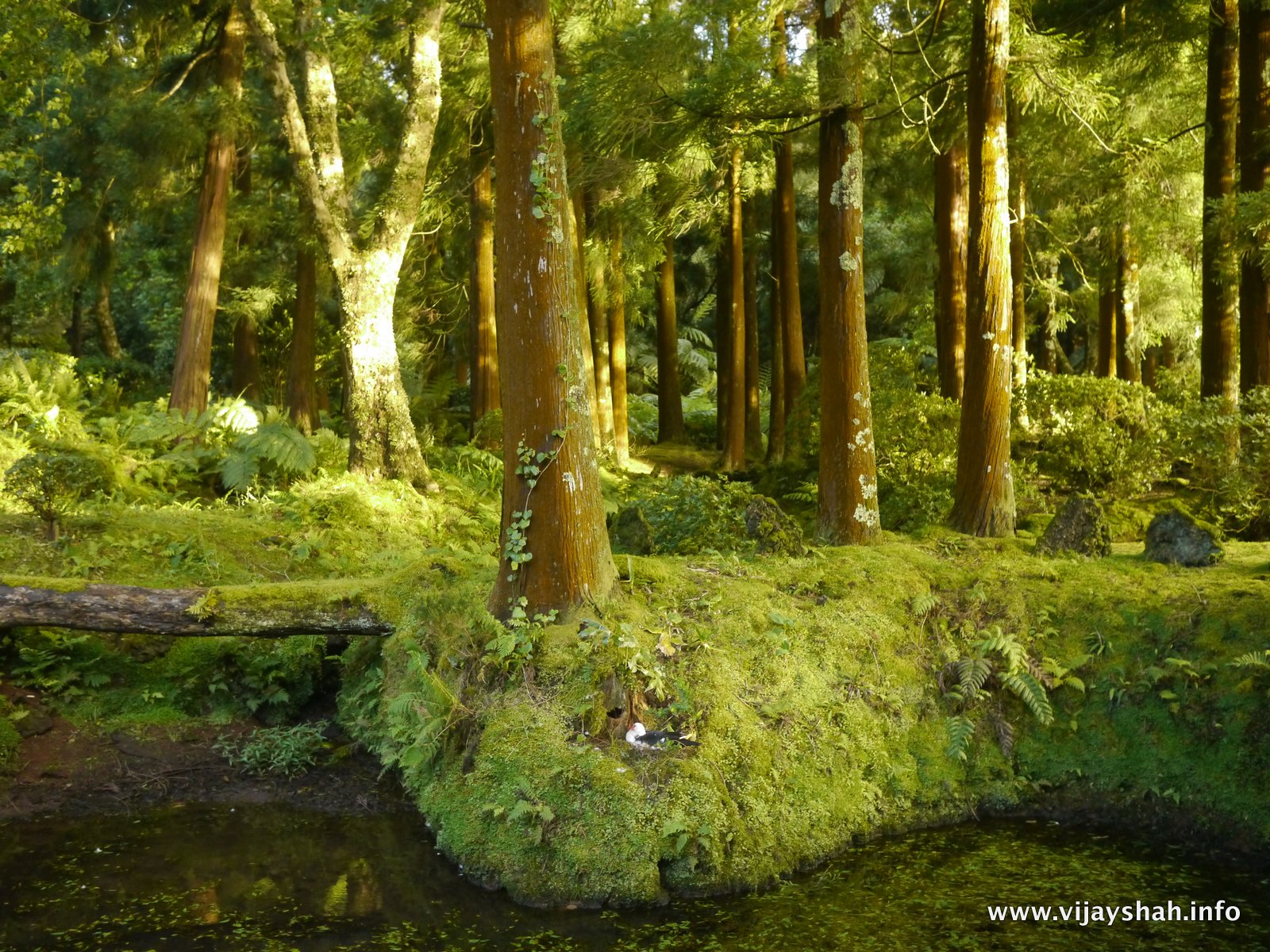
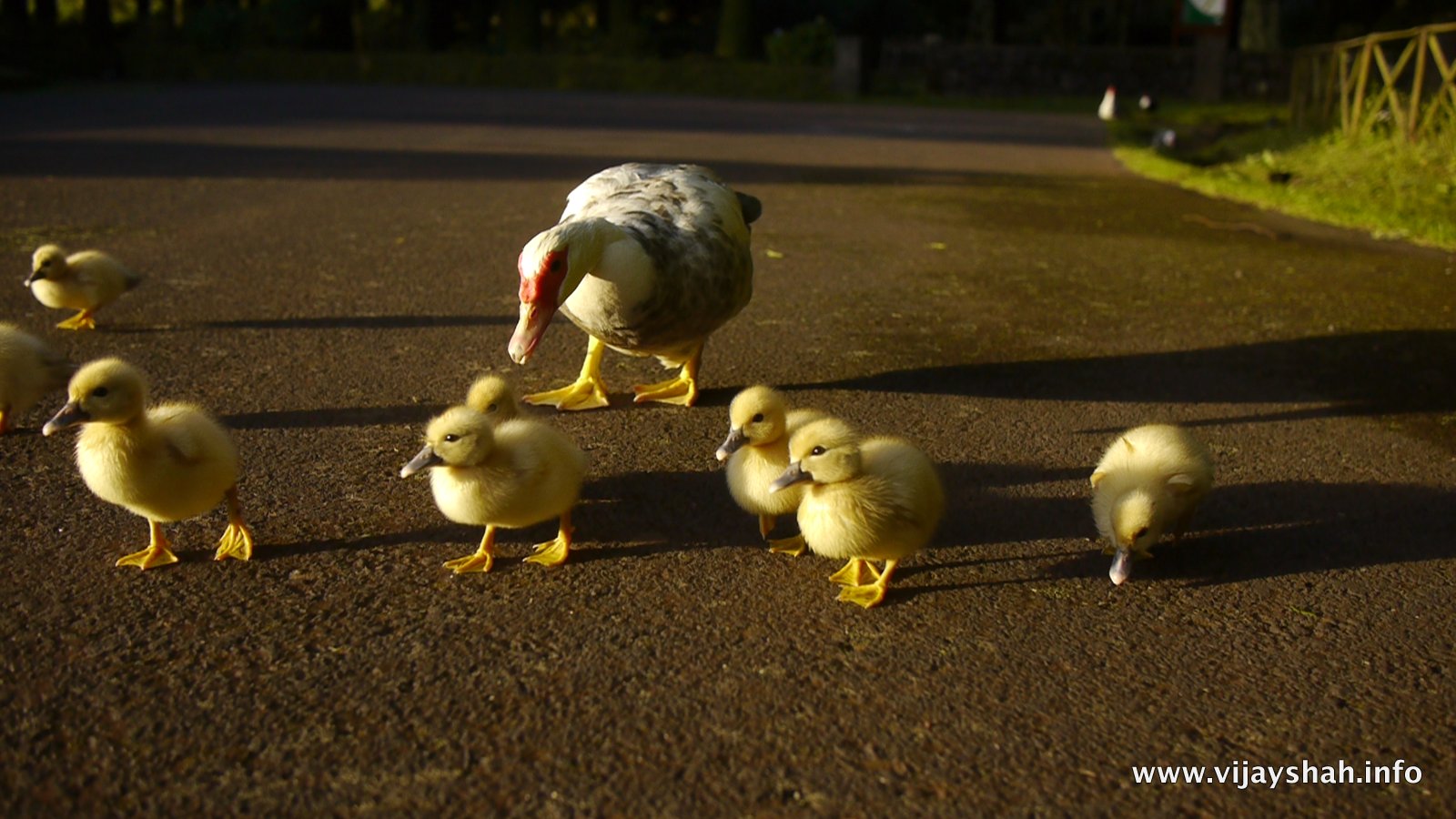
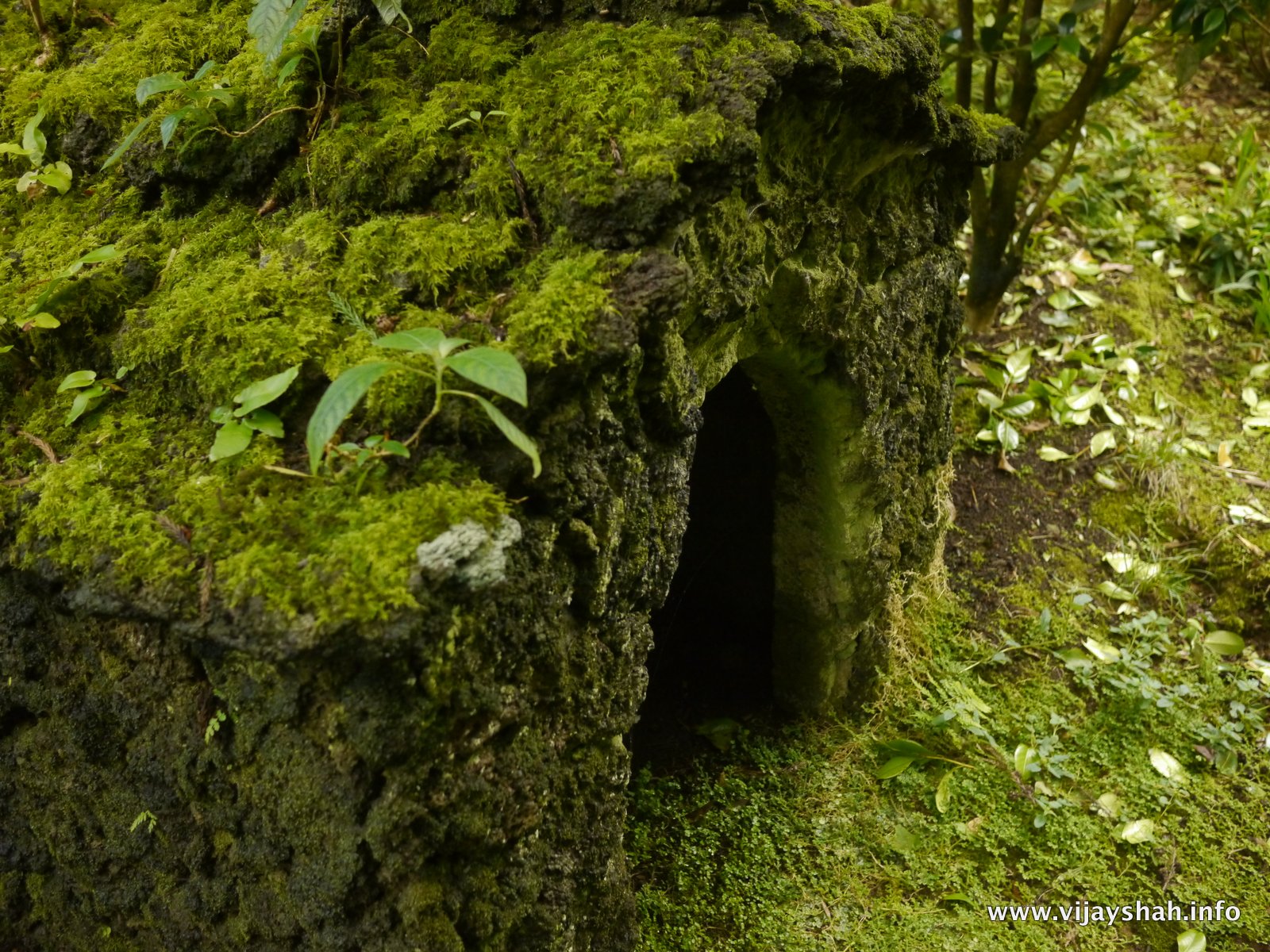
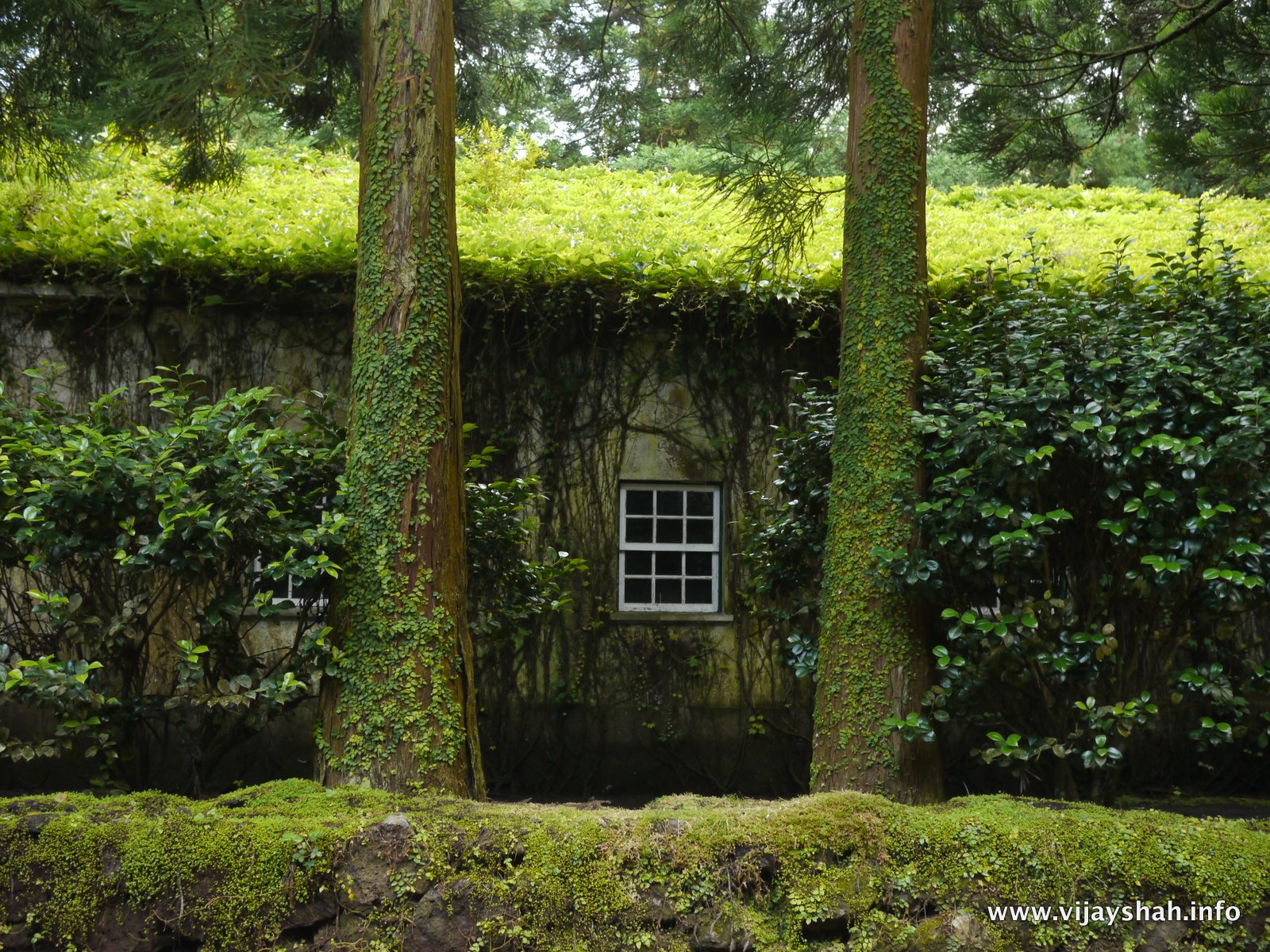
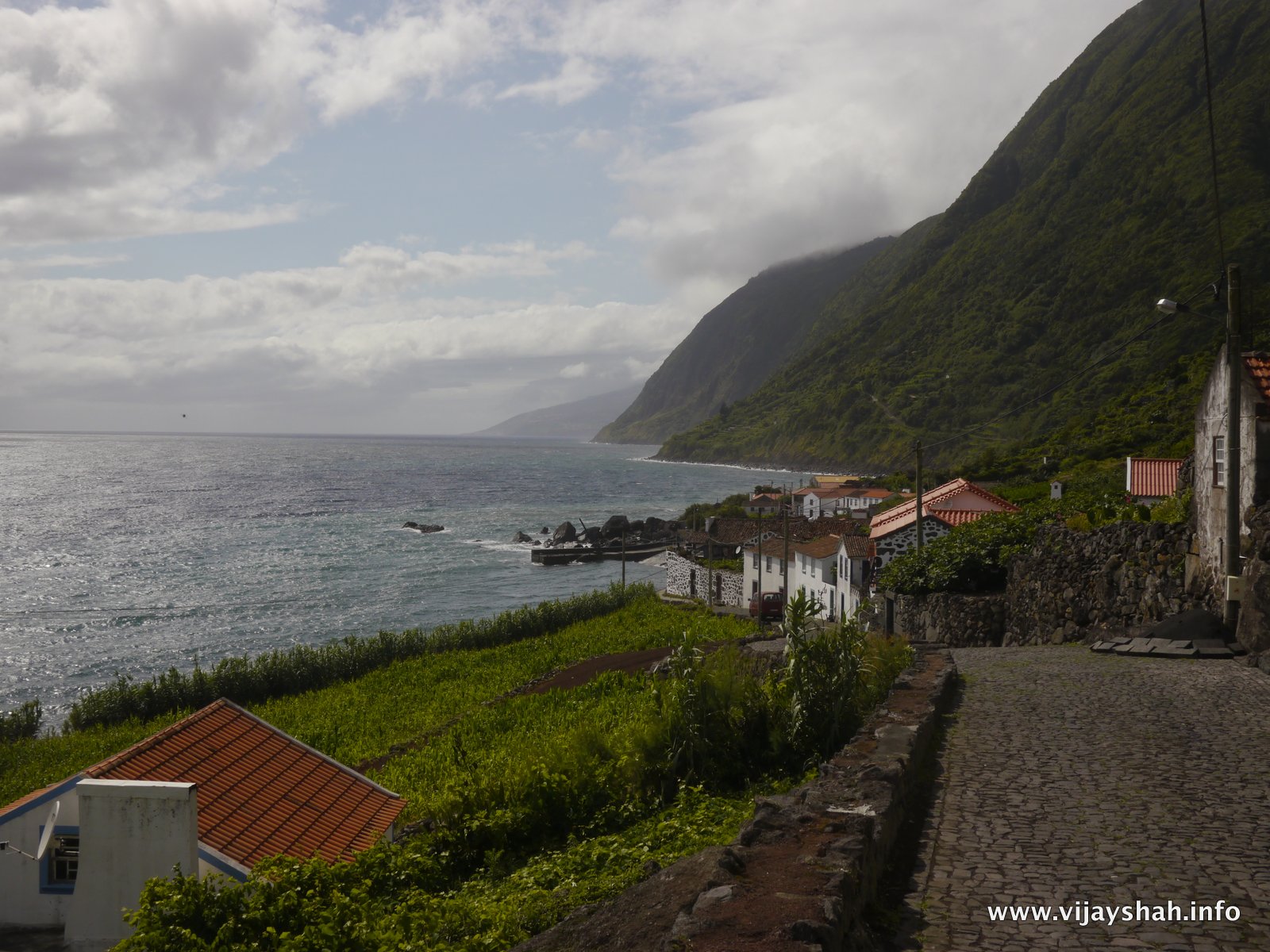
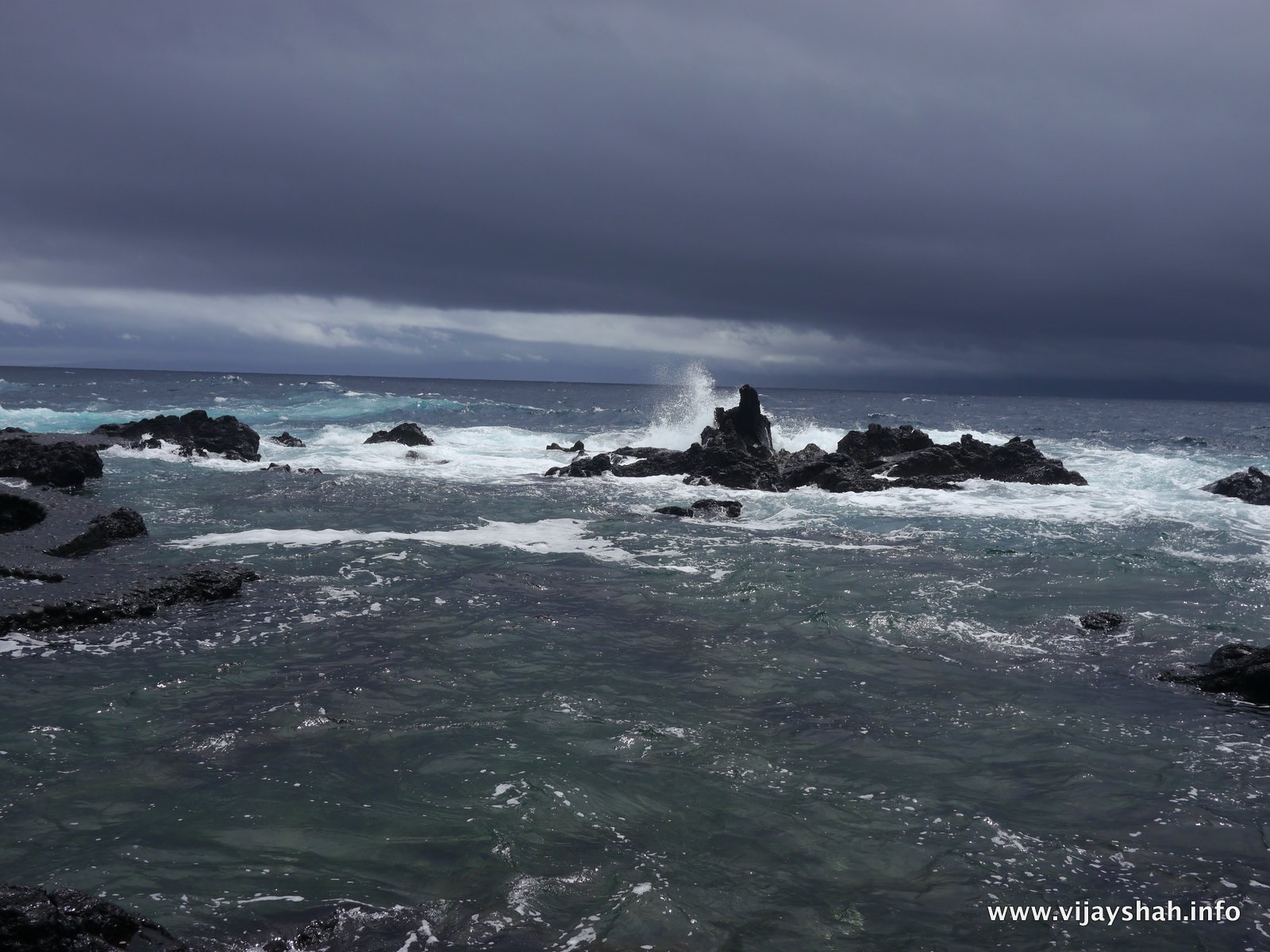

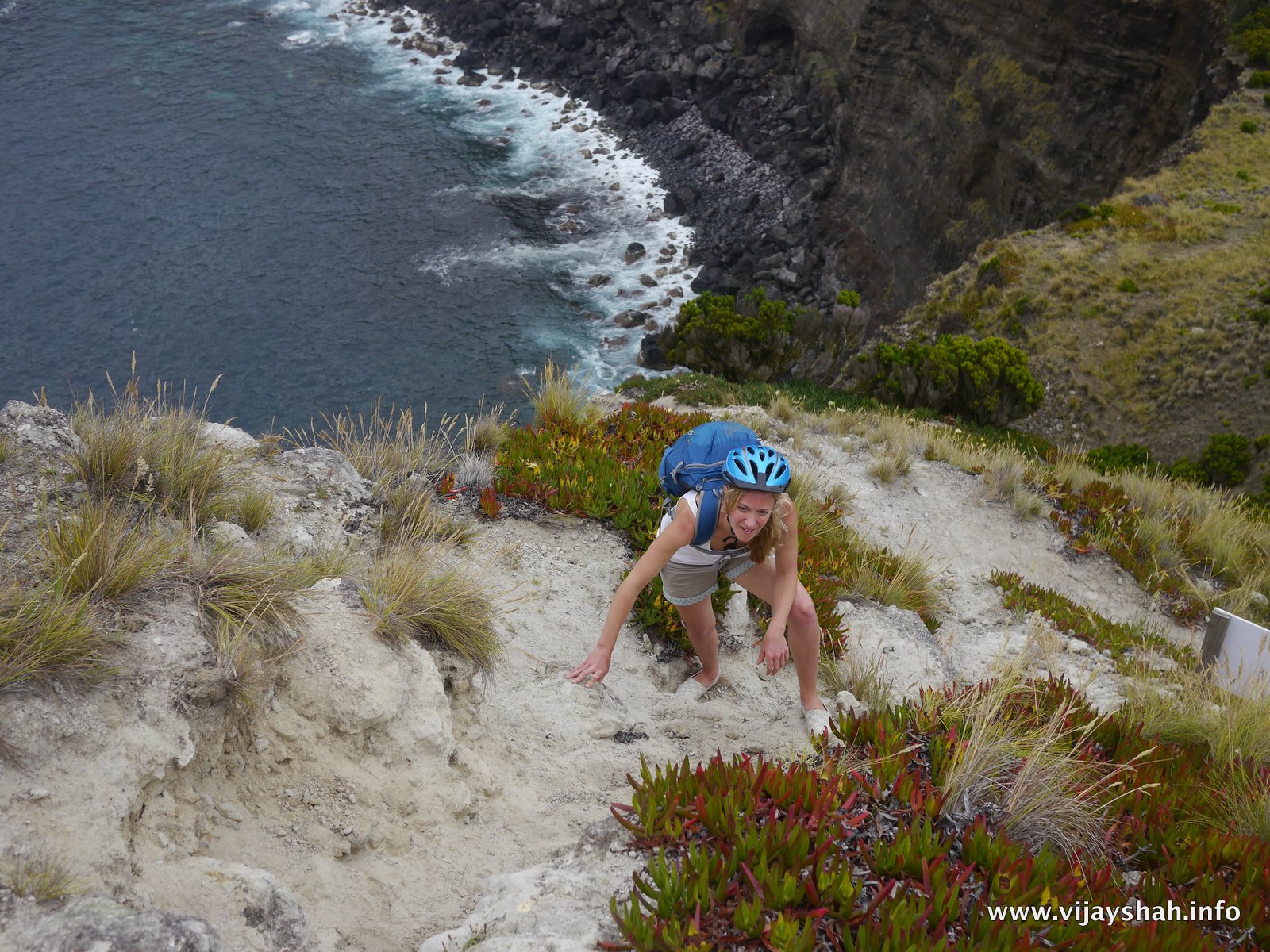
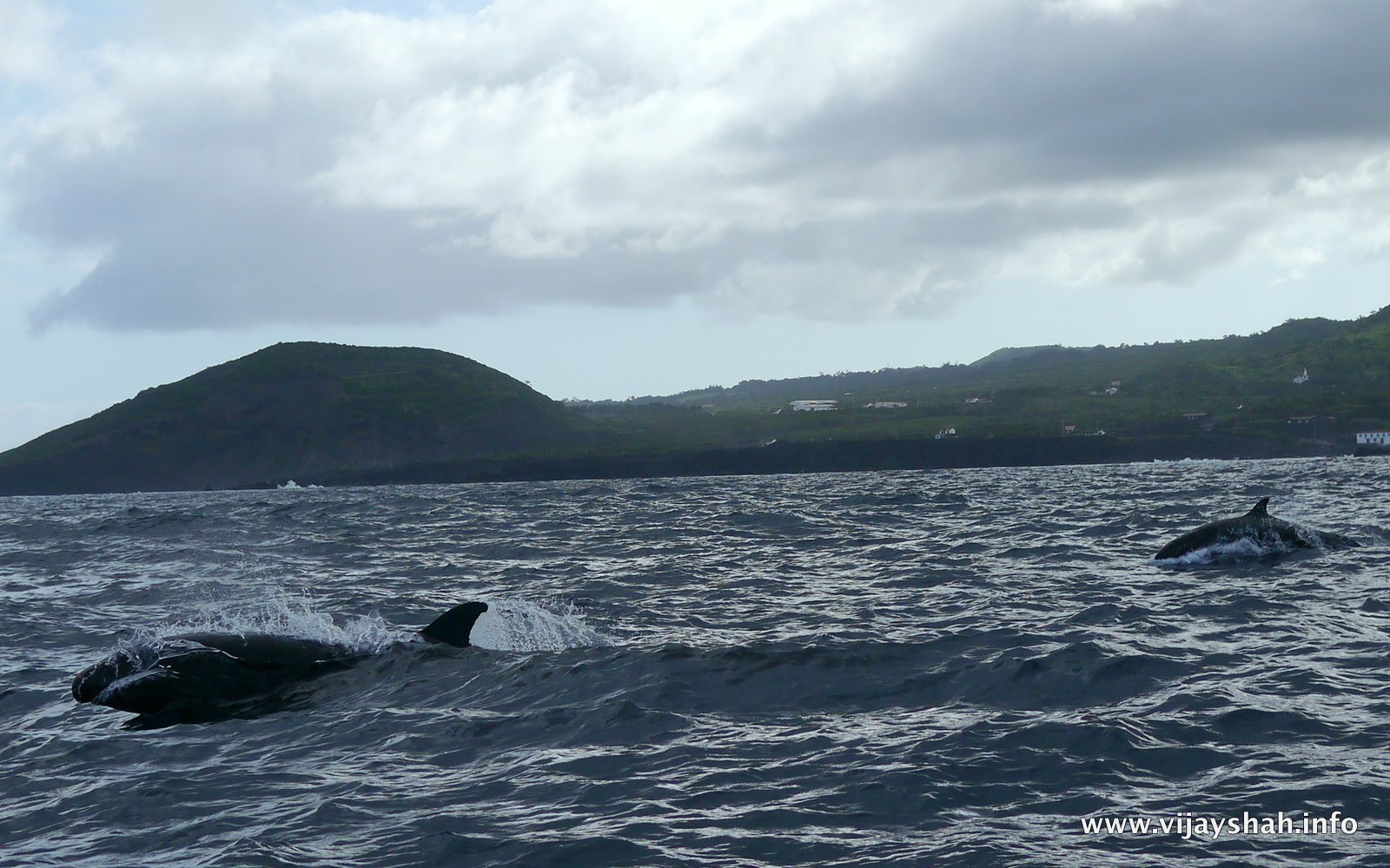
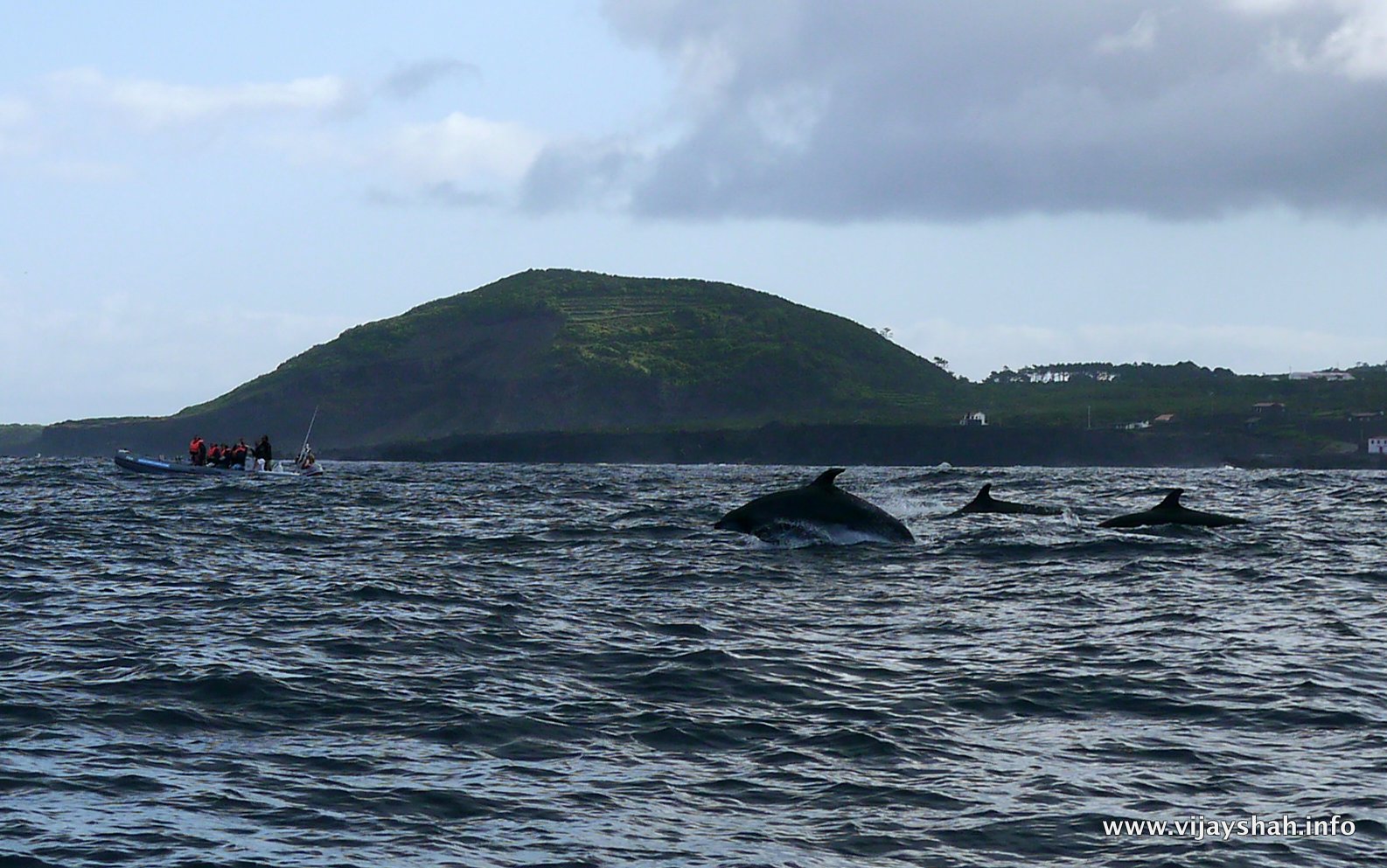
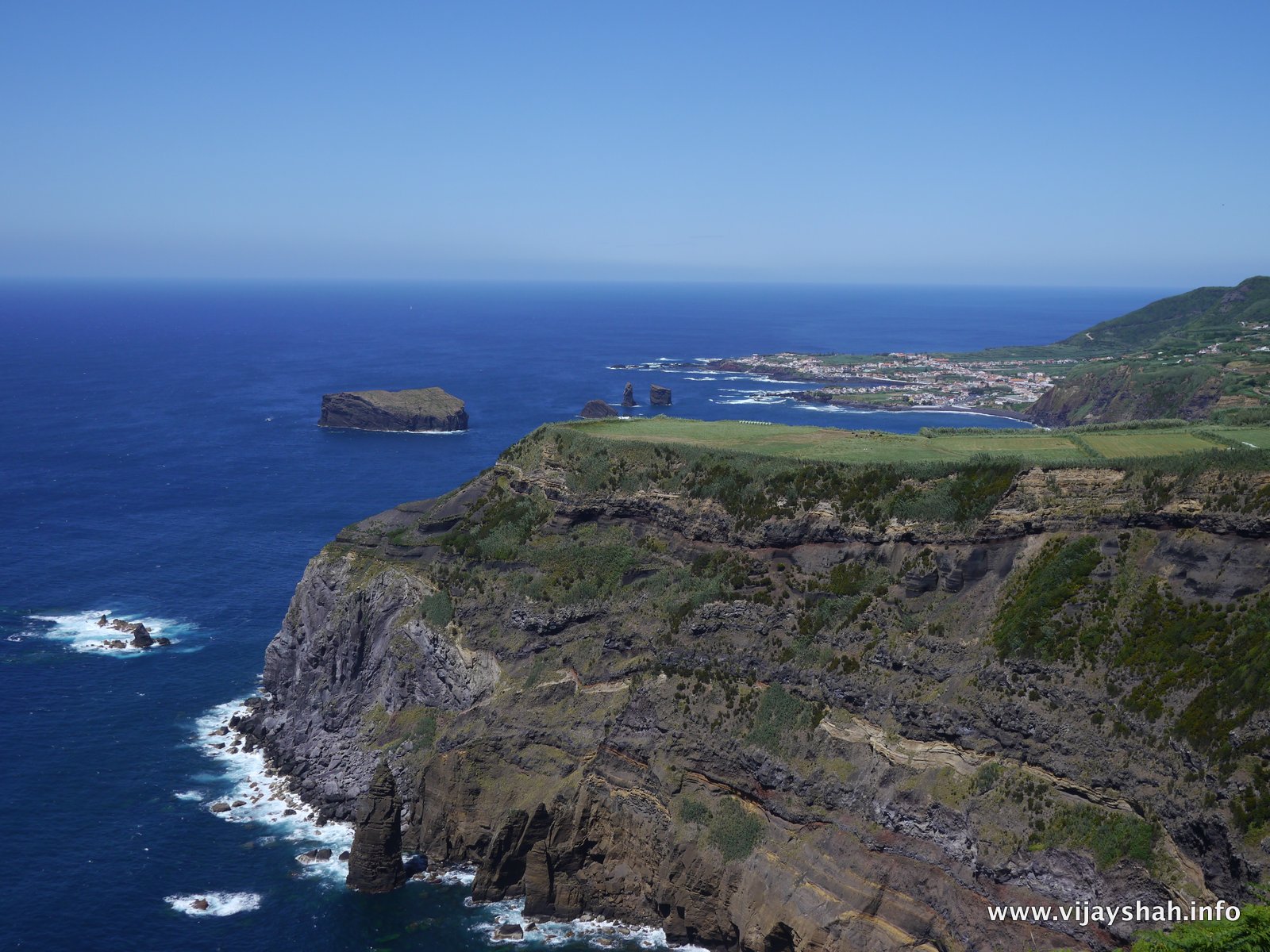
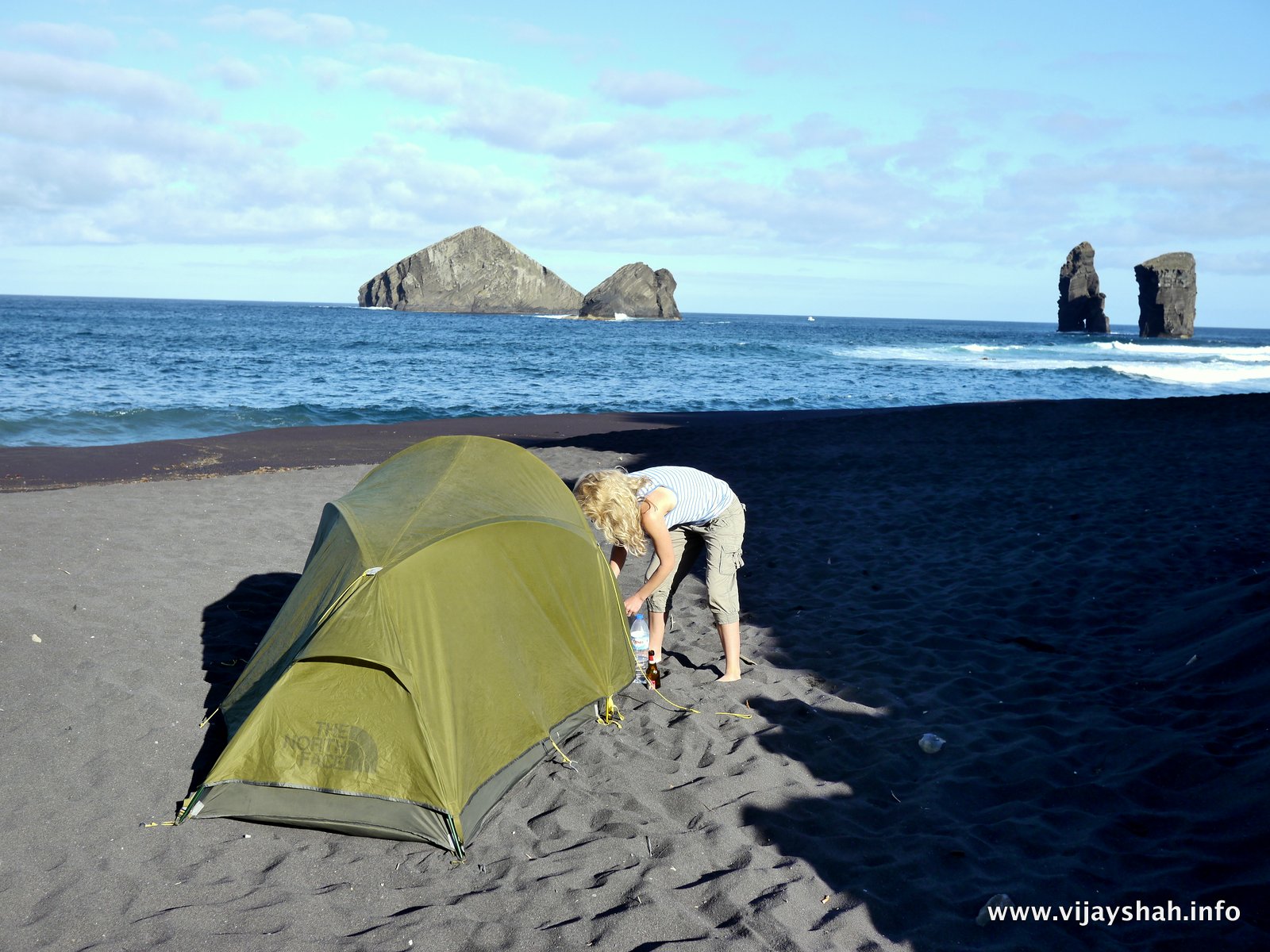
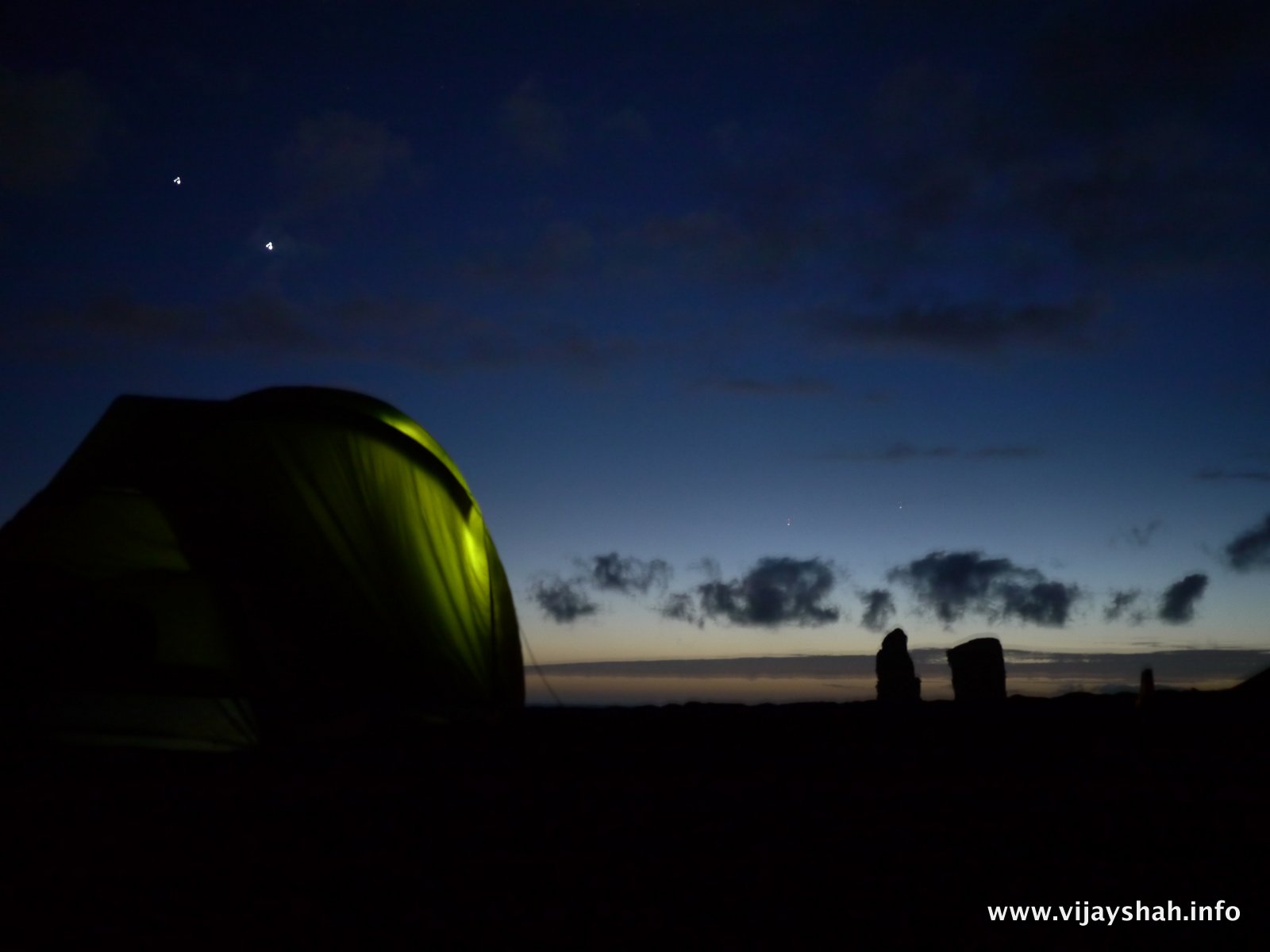
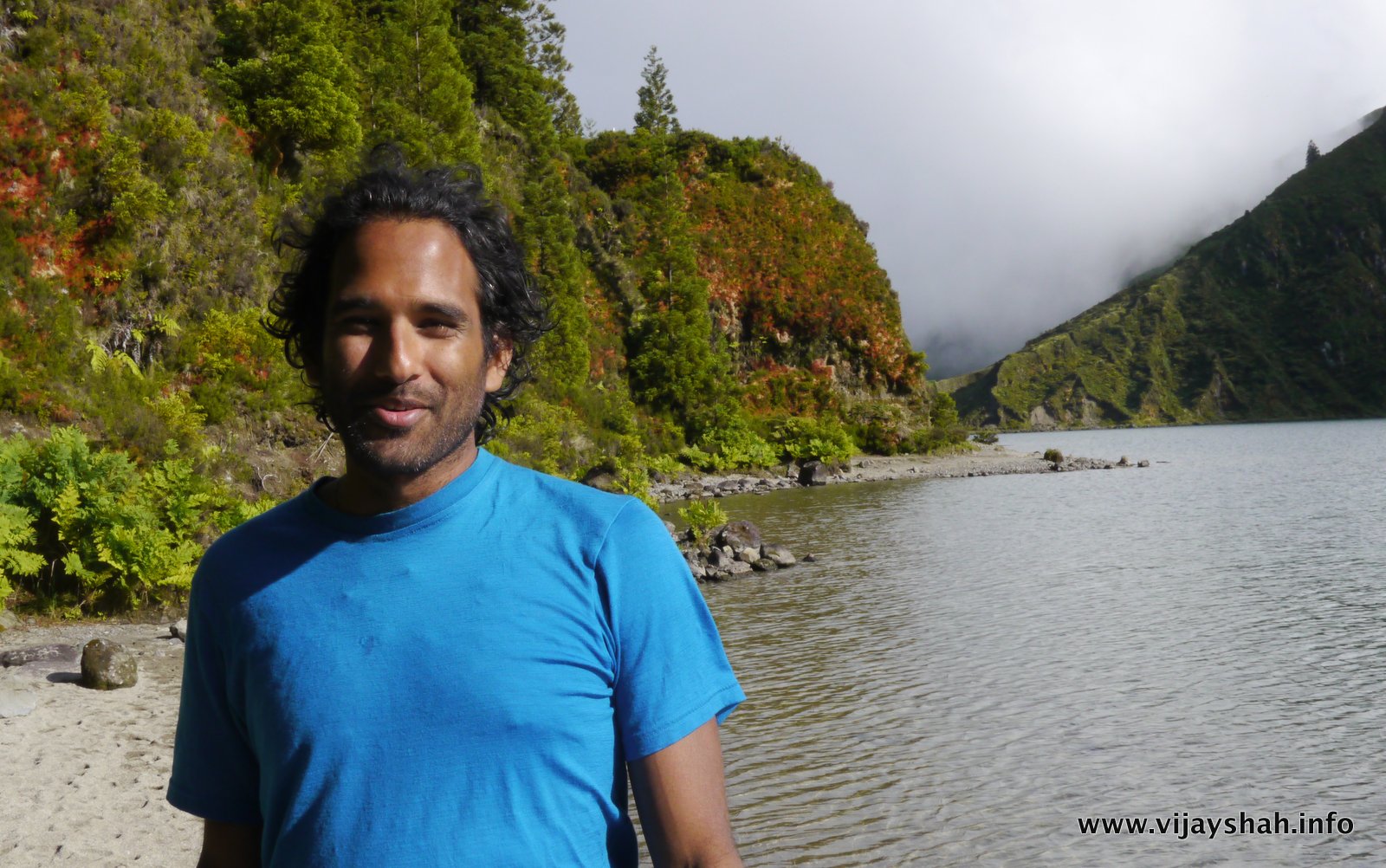


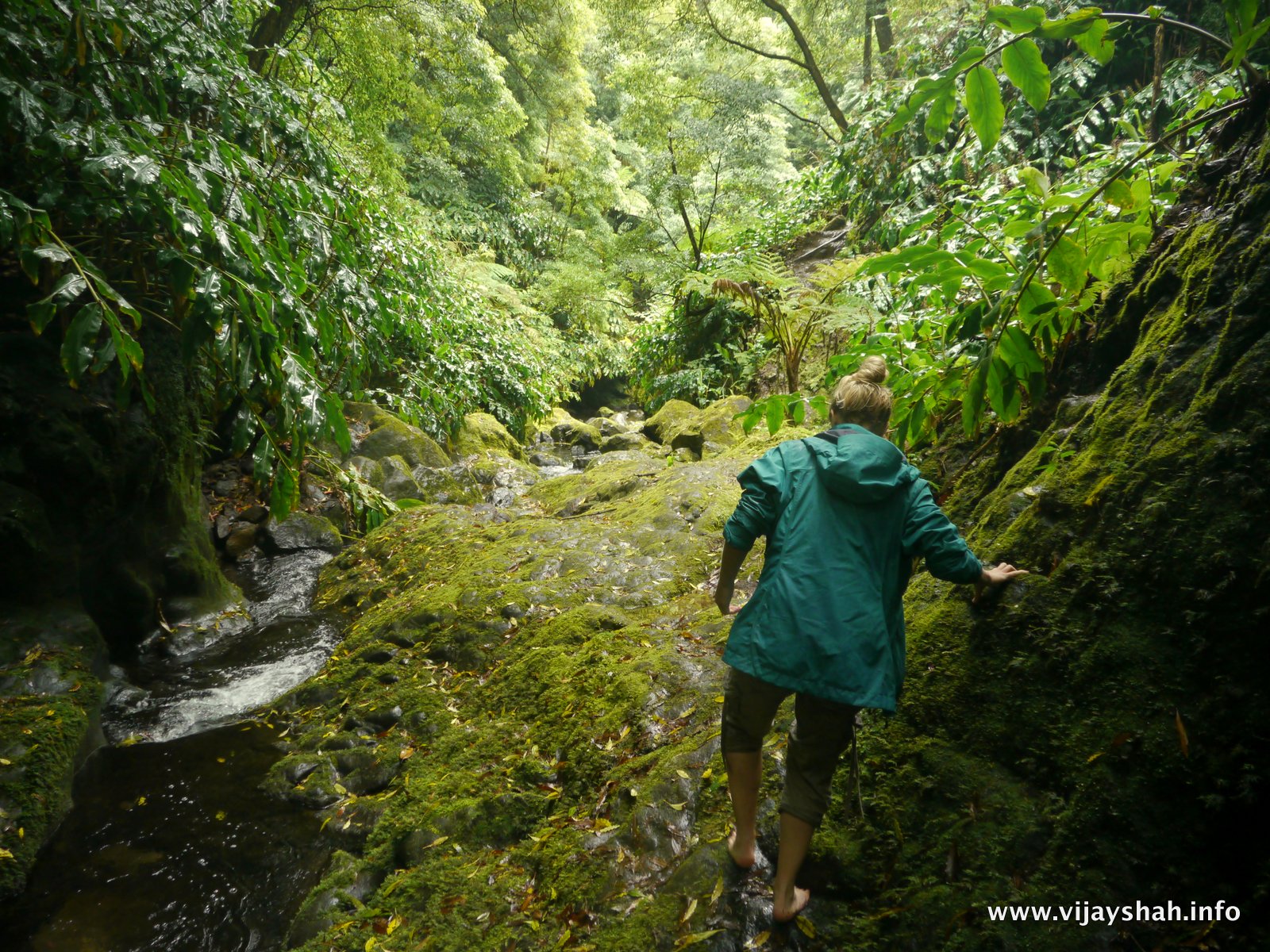
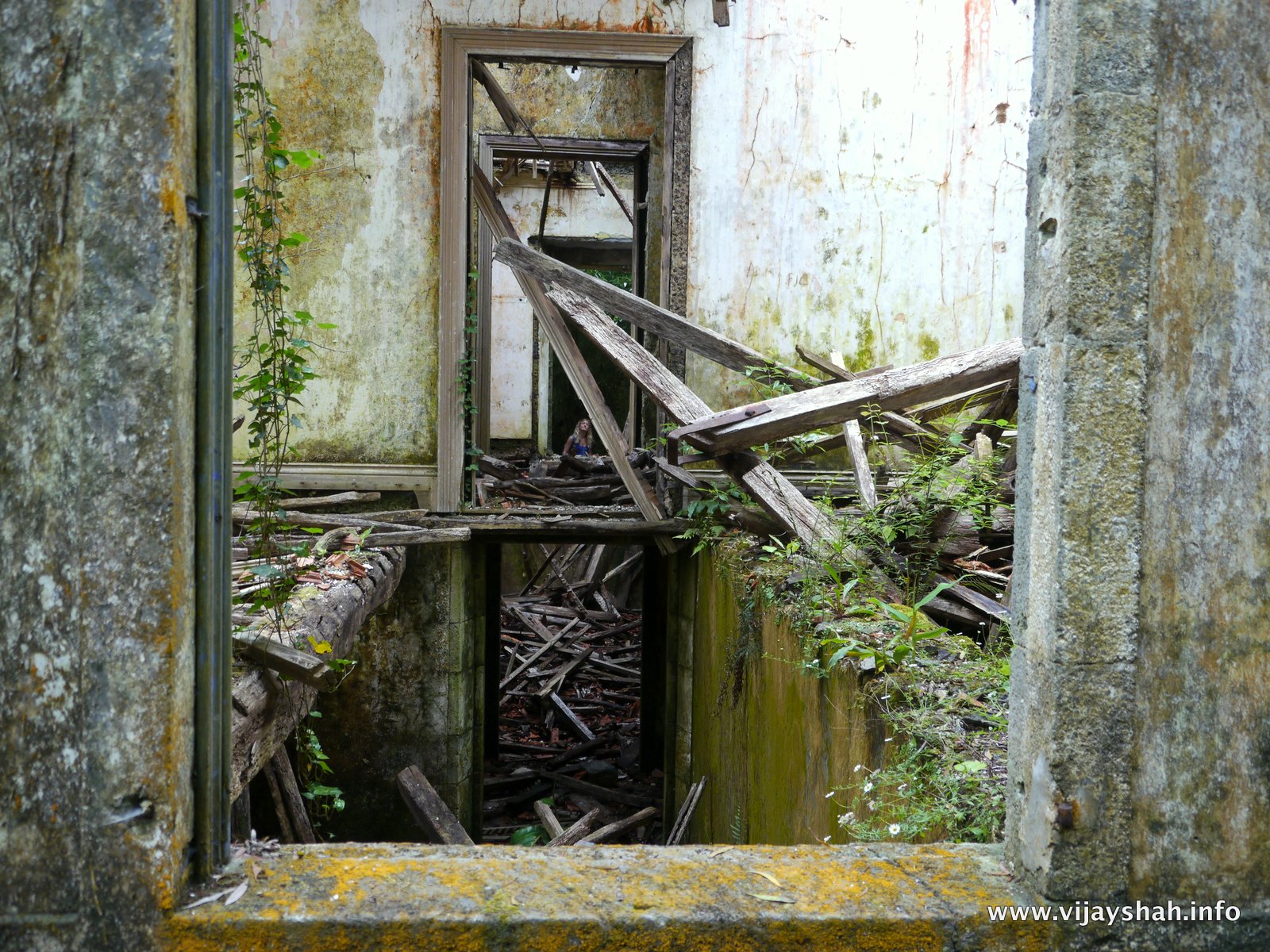

SHOWREEL 2015: VIJAY SHAH
Updated showreel for 2015. Check it out! :-)
Segway Safari
First time I've been on a Segway and contrary to what I thought it's more than just for lazy people at airports... so much fun!
The Importance of being On Course
With the sun high in the sky and visibility for miles it would be easy to become complacent with knowing exactly where you are.
But out on Dartmoor with few large features to home in on and a more temperamental weather system than a teenager’s mood, such complacency could be disastrous.
These pictures were taken 12 hours apart. Our campsite views were obliterated by the mist. It came down over the night and lasted the entire following day without relent.
Visibility reduced to mere metres, every direction looking the same. The difference then between an awesome bank holiday weekend in the hills and what could've been an epic battle for survival was knowing exactly where we made camp and just some quite basic compass skills.
We had the former, an awesome weekend away.
Wye Canoe?
A wonderful weekend canoeing down the Wye.
Ashamed
A feeling of shame came over me last weekend. I was sitting in a canoe gently paddling down a river listening to an amazing chorus given off by a multitude of birds. I wasn’t in the wilds of the Amazon, Africa or even Scandinavia. I was here in the UK. A mere one and a half hours from Bristol, on the English and Welsh border I experienced something quite spectacular.
Red kites soared overhead descending close, right over our heads. Swifts darted between and around us, pulling the most impressive of aerobatic turns to prey on flying insects. Song thrushes perched on the bowed ends of reeds sang their sweet melody. A cuckoo interrupted and a woodpecker punctuated. Mallard ducks swam by the river banks watching closely at their brood of fluffy ducklings as they played amongst the fallen branches and the goosanders showed off their hairstyles.
This was all captured in one scene, a picture perfect postcard of Britain. Further along we canoed through a gang of swans, adolescent cygnets from the last season still sporting some grey. As we slowly paddled through they silently parted either side in the most poetic of dances. Another group in the distance took off, silhouettes, mere metres over our heads, whilst a mother curled her long body up over her precious eggs on the banks.
My shame came from my surprise to this feeling of amazement at having found this spring time paradise in our country. I attribute wilderness and wildlife to other places, not to industrialised Britain that I have accepted as tamed and boring. And I feel bitterly ashamed by this unconscious view I held. I feel embarrassed that with this view I am letting down all those people that have been trying to re-wild Britain, those that possess the imagination of what Britain can be and once was and with the faith to tirelessly campaign towards this goal.
So here’s to those activists, lobbyists, environmentalists that have taken up this baton. Here is to those giving a voice to the real natives of this fair land and to their successes allowing me to experience this beautiful nature, right on my doorstep.
The job though isn’t done and we didn’t see any otters. The next time I am canoeing down the Wye I am hopeful that I shall.
Warm-In' Water
Every diver knows that small apprehensive feeling as they shuffle forward on their large penguin feet, rocking like a pendulum on the moving deck. Top heavy with hoses and tanks hanging off them they muddle towards the free edge, ready to step forward into the deep blue ocean. Having cleared that hazardous journey, albeit mere metres, they balance themselves precariously on the threshold.
The last checks are performed; regulator entered into mouth, buoyancy aid inflated. Matching time with the surging deck, with one hand covering the face mask and mouth piece whilst the other holding the ancillary hoses, they step forward into the abyss. Clearing the boat they enter into the ocean, the senses are momentarily overwhelmed by the strange new world: Bubbling water cloud their vision and the splashes distorts all sound. But it’s the thrill of cold water felt throughout the body as the blue swallows them all that gives the greatest shock. The tight wetsuit flushes with cold, ocean water, giving the diver a decisive shiver.
The last place I experienced this was in the Andaman Islands, a beautiful set of islands in the tropical waters of the Indian Ocean. The waters though are warm, far warmer than when the legendary diver Jacques Cousteau explored these waters and told the world of the untouched treasures beneath. Sadly, as a result of the warm waters many of the shallow coral reefs have died and are a barren landscape of beige, calcium carbonate skeletons, a mere suggestion of what once was.
Diving here thus means going deeper, to 35 metres, where marine life can still thrive, albeit with the reduced sunlight of the deep. To dive deeper poses many challenges to the diver including nitrogen narcosis, decompression problems and a reduction in air supply. But it also means that you have to be more aware of your body temperature – a cold diver can quickly become a seriously ill diver and it gets a lot colder below. More than once I saw divers signal to their buddies with the international ‘I’m cold’ signs of folded arms rubbing each other preceding a flurry of hand communication and finally their ascent to the surface and the warmer waters above.
Maybe their bodies could not cope with the cold or maybe their wetsuits weren’t thick enough, at any rate they were not insulated enough. In my last post I had flamboyantly broadcasted how keeping warm is really about trapping air, but as the name suggests, wet suits are used in the water and there isn’t much air there. So how do they work?
Firstly, air doesn’t have any super special properties but the three things that make it the ideal insulator are that it is abundant, free and is a gas.
The magic of the wetsuit lies within the neoprene. Neoprene is a plastic foam material that is impregnated with small bubbles of nitrogen gas (like an Aero chocolate bar). Pure nitrogen is slightly better than air at thermal isolation. Putting all this in context, whilst water loses heat an incredible 25 times faster than air, neoprene, due to the amount of air bubbles trapped within it, loses heat at only nine times as fast at 30m depth (only twice as fast on the water surface).
The ingress of water into the suit, which gives that initial uncomfortable shock that all divers experience, is unfortunately a necessary evil. An absolutely skin tight neoprene suit that has no air gaps would be impossible to get on and off (think how thin tights are) and to keep the seals watertight requires some flashy suits that makes for very expensive bits of clothing.
However, we do that too. They’re aptly called dry suits and divers going for extended periods of time underwater or ice diving frequently uses this type of suit to stay warm. Despite being an avid diver and a frequent visitor to the Arctic I have yet combined the two... and I’m aching to try!
Coming back to the point on wetsuits, they rely on trapping a small amount of water between the skin and the neoprene material, keeping that same water there throughout the use.
By trapping only a thin layer of water which is very quickly heated up to body temperature the amount of heat lost would reduce dramatically. In contrast if the trapped water was constantly changing, such as in a loose wetsuit, the body would expend a lot more energy heating up the newly trapped water each time. By transporting the same heated up water with them divers achieve the goal of using the water too as insulation – albeit much less effective as the neoprene covering.
For anyone who has dived, surfed and swam both with and without wetsuits they would quickly attest to how much warmer it is with one.
The wetsuit is an incredible invention that allows us, without ever thinking about it, to dive deep in the Andaman Sea. Half an hour into my last dive on the Andaman Islands when many of the group had already ascended due to cold or low air I came across one of the most majestic and curious of ocean creatures. Magical!
Next: How to stay cool.
If you’re like me and need some equations, see below you science fiends:
There are three types of heat transfer; conduction, convection and radiation. The one that we are talking about most of the time is conduction.
Conduction is a nice long word that basically describes how heat (energy) is transferred between neighbouring molecules, or objects touching each other. The simplest form of understanding this is that if one has more neighbours that are very close together there would be more heat passed (lost). If there isn’t that many neighbours and they are all far apart then there would less heat energy passed on. A solid material has lots of neighbouring molecules all very close together whilst a gas has the exact opposite, with liquids sitting somewhere between.
This property of the material is known as the thermal conductivity.
The other factors that affect heat transfer is described in the conduction equation below.
Heat conduction (per unit time) = (Thermal conductivity) x (Area) x (Temperature difference)/Thickness
It all describes what we all know from common sense. If your jacket (insulation) is thick then you lose less heat, but if you have a larger surface area exposed then you will lose more heat. The final part of the equation suggests that if the difference between temperatures is greater, then more heat is lost, hardly surprising really.
The differences in thermal conductivity are:
Diving deep under water increases the pressure which would lead to the compression of gases, the values for thermal conductivity are given below:
It’s all about the (H)Air
Now that summer’s coming round with a scorching hot Spring all of my ‘warm’ jackets are being put away, to the back of the wardrobe not to be looked at again for six months. A question came to mind: What makes a warm jacket? Why is it warm?
I know the answer to this question, having thought about a lot over the years, but I was curious as to whether other people did. Even asking my engineer friends, who pride themselves in knowing how things work, what actually made a jacket warm it did stump them for a few seconds presenting me with a look of bemusement as their minds churned away.
Clothing, be it big, warm jackets in the winter to just a light covering in the summer, is absolutely crucial for our survival. Think about if clothing was never invented, ignoring the fact that we wouldn’t ever have made it out of Africa and assuming we were all comfortable seeing each other in the nude. Popping out even on a summer’s day in the buff sends shivers down my spine just thinking about it and imagine going to a British beach without a wind jacket...brrrr!!
Isn’t it bizarre that despite how crucial clothing is for our survival, for our success in inhabiting large portions of the world, that we rarely give it a second thought about why these materials keep us warm? About why certain materials work better than others? We just know it.
So why do I know about this topic? Because I have gotten cold, very cold! In 2008, during our first attempt to cross the Penny Ice Cap on Canada’s Baffin Island in early spring conditions my feet became so cold they turned blue and were completely numb. It was apparent that to continue on the expedition was to seriously risk my feet or worse and so with no real choice at hand we had to back off the expedition. It was a massive blow back then, an expedition a year in the planning, ruined.
The most curious thing though, was that my team mate, Antony, and I were wearing almost identical clothing. Everything down to our boots was the same and brand new. Antony’s feet were fine. “Warm and toasty” he said. I had no idea why my feet got cold.
Three years later I figured it out. It was the simple fact of my boots being too small. It’s amazing how the best laid plans went awry due to just the simplest of errors. We went back attempting the crossing again in 2011. This time, despite the same brand and model of boots, I wore a size bigger. My feet were fine, more than fine, they were as happy as Larry.
‘Ah, yes of course’ we say to ourselves. ‘Can’t have boots that are too small.’ But why? What is the science behind this? The answer is all around us. Air.
Air is the best* abundant source of insulating material. It’s also free, something nature has found out long ago. Our hair, an animal’s fur and bird’s feathers primary purpose is to trap air. By trapping a good layer of air between your warm body and the cold harsh world, the smaller the heat transfer, the warmer you will be.
The polar bear has even gone one step further; each of their hair is actually hollow allowing air to be trapped within each strand as well as between the individual hairs improving the insulating properties. On top of hollow hairs, the sea otter, with no blubber to keep it warm, relies on the densest fur in the animal kingdom allowing air to be trapped within its fur whilst spending prolonged periods in the water. It’s all about trapping air.
That’s why when there is a wind blowing at you; through your hair, or you’ve dunked your head in a bucket of water**, destroying that trapped layer of insulating air; you lose a lot of heat.
That is exactly how our warm jackets work, be it stuffed with goose feathers or high-tech synthetic fibres. The design of the feathers is optimum to trap as much air in the lightest and smallest structure. Cover these wonderful feathers/fibres in a windproof or even waterproof shell and you’ve got yourself a jacket to rival nature’s best inventions.
So what happened when my boots were too small? My toes pressed up against the front of the boot, squashed the fluffy fibres of my socks and destroyed the trapped air that would otherwise have provided a heat barrier. Instead what I was left with was a direct and solid conduction path to the -35C exterior sucking away my heat. They had no hope.
Next: How do wetsuits keep you warm?
* - the best actually would be a vacuum such as that you find in your Thermos flask but those are pretty difficult and expensive to create and not very practical to be wearing.
** - water in your hair also creates greater heat transfer by evaporation, but that's something for another day...
At Odds
Why are we still flying?
This seems like a question not worth bothering to answer. The reasons, as we all know, are endless, convincing and, to that end, not worth repeating. But the reasons against are not ignorable either– flying along with meat production is the greatest producer of green-house gasses, the greatest contributor to climate change.
My interest in this topic is even more intimate than for the typical left-leaning, vegan-becoming, globetrotting dinky (*Double Income No Kids). I design aircraft for a living. You could say I am in bed with the enemy and indeed I occasionally get accused of this. “Ah, should you be designing the monsters that are destroying our planet?” I’m asked. To which I reply, “No that would be parents.” For without people flying there would not be any need for aircraft and I would be out of a job. For all the failures of western capitalism and the free market at least that much is true. And the demand is huge. Airbus, the company who I am designing for at the moment, has a backlog of over 6,000 aircraft. Boeing undoubtedly has a similar number and the growth of newly flying citizens in the emerging markets is phenomenal.
But how wrong that accusation is goes even further: We’re the good guys. The very nature of the industry and market with legislation and cost competitiveness means that each generation of aircraft we design are more efficient and less polluting. We go to extreme levels to achieve these goals and as a structural designer it would not be uncommon for me to spend a month doing a calculation to save a few grams of an aircraft part. The A350, Airbus’s new flagship aircraft, which I am working on now, is the greenest civilian airliner to fly.
Having said all that, the facts remain the same. Flying is completely at odds with the environmental movement. The greenness of new aircraft compared to old ones is measured in single percentage points and, without being overly accurate with my figures here, you generate a smaller carbon footprint by half if you’re driving alone than by flying. This difference would be even more remarkable if you are a couple or a family travelling in one car, where the carbon footprint per person goes down, than a similar number flying (multiplication).
So maybe I should rephrase the question: Why am I still flying?
It is for the reasons that we so all know. It is cheap, amazingly quick and acceptable. It is because everyone else is doing it. It is because these reasons are more important to us individually than the collective good that limiting climate change would have. It is not because we don’t care, it’s because we don’t care enough.
“I take the train.” I say to those doubters. “When it’s only mildly less convenient than flying.” I am forced to add. The trouble is it’s often three times more expensive and takes twice as long. “...and I avoid flying just for weekends.” I finish off with legitimising my green credentials, which tends to mean that for things I ‘shouldn’t’ miss I extend the trip to a week to fit that profile. As for the heralded city breaks to show off our glamorous life styles on Facebook, those I definitely do not do. I much prefer camping in Cornwall anyway.
But that’s not good enough and I think I’m more conscious of the impact than most people. If I can’t do it (won’t do it), how can anyone else can? The answer, sadly, is that in our affluent, globalised, self-gratifying world we are not going to opt for wilful restraint. That also includes not voting in a government that will make these choices less wilful. Are we thus screwed?
Yes and no.
Yes that all this proves that we are as a species, without beating much about the bush, a little crap. It proves that collective activism is sporadic and there is no formula to ignite the fire of our collective hearts and minds. This is compounded by the fact that this is a global problem and requires global action. The larger the number of people affected, the hotter the pot needs to boil before a shift in societal values – this pot is seven billion people strong.
So what do we do whilst this pot is boiling away? Maybe the answer really does lie in the very reason we are in this mess in the first place: Innovation.
The early aeronauts in the latter part of 19th century were a disparate bunch of scientists and engineers. They didn’t receive much funding and in fact a lot of the establishment were dismissive of the folly of flight. But look at what a giant step forward we have made when we did give this technology the attention and importance it deserved. The A380 can transport over 550 people half way across the world at close to the speed of sound and scram jets are flying at 24 times faster!
Despite this lesson in history there is a sense of déjà vu. The greatest innovation in the green revolution in technology is happening on the fringes of the economy. Small technology companies, with small budgets, showing to the world what might be possible if we only look in the right direction.
There is no greater example than the phenomenal Solar Impulse 2 project with their attempt, happening right now, to fly a manned plane around the world powered only by solar energy, quoting directly from their website, the mission statement of the small Swiss company is “to prove that pioneering spirit and innovation can really change the world.”
Yet it’s a tiny company. Why is the only noteworthy thing to say about the big players in this game their notable absence? The sceptic would whisper, ‘it’s because it won’t make any money’. That is true. It is the equivalent of a fishermen sailing out into the North Sea to show the rich canal boat operators that travelling across the sea is possible. Despite how utterly brilliant this achievement is, we are not going to all be flying around in solar powered aircraft for a very long time, or maybe never if there isn’t the massive investment of capital into green technologies it deserves.
That’s where government policy comes in. Companies aren’t going to invest in new technology unless it’s a) a proven winner, b) they have to (legislation) or c) it’s funded from elsewhere (government funds). The ‘Proven Winner’ category is pretty much where we are now, edging forward at a boring snail pace. We require the b’s and c’s. We require legislation forcing companies to adopt greener pathways: The aircraft noise reduction legislation across Europe has already forced manufacturers to change their designs. Or we require massive government investment, which is a dirty word to some, but if we think of it as a massive crowd funding exercise it seems a little cooler.
Putting all this in perspective, wouldn’t it be wonderful if we could travel the world without the cloud of guilt hanging over us, or shrouding ourselves in ignorance to avoid confrontation with our ethics, or asking ourselves the question ‘Why are we flying?’
Wouldn’t it be wonderful to travel in an aircraft like this?
The Life on Arran
Prolonged a trip up to Glasgow with a weekend on the Isle of Arran. Incredible video quality from the iphone - a pity it can't stand up to the cold though.
Isle of Arran
A short impromptu weekend on the Isle of Arran. Only an hour and half from Glasgow.
Isle of Arran.
Goatfell. Highest hill on Arran.
Baffin Island 2011 - The Polar Bear Story
A re-edit of my 2011 short film documenting what should've been a straightforward journey to the start point of our Arctic expedition. What actually happened blew us away.
A short film showing the start of our Penny Ice Cap crossing in Spring 2011. To get out to our start point we travel by snow mobile over sea ice for about eight hours. During which we came across some local wildlife...
BAFFIN ISLAND 2011 - SETTING UP CAMP
How to setup home on a remote glacier, a re-edit.
After a full days skiing, our bodies are getting tired. The sun is beginning to set and the temperature will soon plummet. Setting up camp requires everyone to work efficiently and quickly.
